The 2014 Antarctica2 mission to take a tractor to the South Pole emulates the achievement of explorer Sir Edmund Hillary who led the first mechanised expedition to the South Pole in 1958 using a fleet of Ferguson TE20 tractors.
In 2014, 56 years since Hillary’s journey and 56 years since the birth of the Massey Ferguson brand, an MF 5600 tractor will make a similar trek across the ice.
On January 4 1958, driving 28hp TE20 tractors, Hillary’s team became the first overland explorers to reach the South Pole since Captain Scott's expedition in 1912.
 In his now famous telegram he told the ‘Massey-Harris-Ferguson Farming Company’:
In his now famous telegram he told the ‘Massey-Harris-Ferguson Farming Company’:
“Despite quite unsuitable conditions of soft snow and high altitudes our Fergusons performed magnificently and it was their extreme reliability that made our trip to the Pole possible. Stop. Thank you for your good wishes = Hillary”
At the time, the press described this as the ‘The Last Great Journey in the World’, although the expedition’s official title was The Commonwealth Trans-Antarctic Expedition 1955-58. Led by Englishman, Sir Vivian Fuchs, its aim was to be the first to cross the continent overland – 50 years after Shackleton’s ill-fated attempt – while gathering scientific data.
In common with Shackleton, Fuchs’ plan was to make the journey from each side of the continent from the Weddell Sea to the Ross Sea with teams including men from Britain, New Zealand, Australia and South Africa.
Hillary led the New Zealand team and their primary role was to set up depots and stash supplies of fuel, food and equipment in a line towards the Pole.
It was this supply work which first brought Hillary into contact with the Ferguson TE20s. The tractor had already established itself a good Antarctic reputation in 1954 when one tractor worked for 565 hours without the need for a single repair after arriving on the continent on February 13 in temperatures of minus 10° C.
When faced with unloading and transporting 500 tonnes of stores across 16 km from the ship to his base camp, it is not surprising Hillary turned again to the ‘Fergie’ “For unloading the ship it was necessary, of course, to have vehicles. Our problem was overcome by the generosity of Massey-Harris-Ferguson in the UK and their agents in C.B. Norwood in New Zealand. These firms lent us five Ferguson tractors modified to operate in snow conditions,” he wrote.
The tractors were fitted with full tracks and an extra wheel on each side. The tracks were easily removed so that wheels could be used when conditions allowed. In addition, the tractors were painted red (as opposed to the normal Ferguson grey) to make them easier to spot in the snow.
Hillary’s journey across Antarctica traversed deep crevasses in the snow and ice. Eventually the team reached Depot 700 on 15 December 1957 – despite nearly losing a tractor down a crevasse. It (and its driver) was only saved by the roll-bar jamming against the wall of the ice and holding the vehicle up.
In reaching this destination, Hillary’s primary role was complete. He had left behind him fully-stocked supply depots stretching all the way back to Scott base – ready for Fuchs and his team. However, he resolved to go south-west to get clear of the crevasses and find a safer route to Depot 700 for Fuchs. Then “fuel and vehicles permitting and if the Trans-polar party required no more assistance,” he would set off for the Pole or meet Fuchs if time allowed.
On December 20 1957, he left Depot 700. By skirting around the crevasses he cut a new route for Fuchs. The team carried on for a further ten days – at times struggling through crevasses and thick snow at a crawl. By January Hillary was on his way to the Pole. Just after midday on January 4, the team drove the last few kilometres though soft snow to arrive at the American South Pole Station.
On reaching his destination, Hillary commented: “Our Ferguson's had brought us over 1250 miles (2000 km) of snow, ice, crevasses and blizzard to be the first vehicles to drive to the South Pole.”
“It is a measure of the intrinsic reliability of the tractors and the ingenuity of the Ferguson engineers that the tractors operated without fault throughout the journey,” remarks Campbell Scott, Massey Ferguson Director Sales Engineering and Brand Development. “This approach is locked into Massey Ferguson’s engineering DNA and we continue to focus on producing straightforward dependable machines which can work anywhere in the world.”
One of the actual Ferguson TE20s (named ‘Sue’ by the team) used on Hillary’s remarkable expedition now resides in the Massey Ferguson Technology Centre in Beauvais, France.
Leading industry partners supporting Antarctica2 include Massey Ferguson, Trelleborg, Castrol, AGCO Finance, AGCO Parts, Fuse Technologies and MechaTrac. The expedition will attempt a 5000 km round trip to the South Pole November 2014-January 2015.
www.AntarcticaTwo.com
#BELIEVEINIT

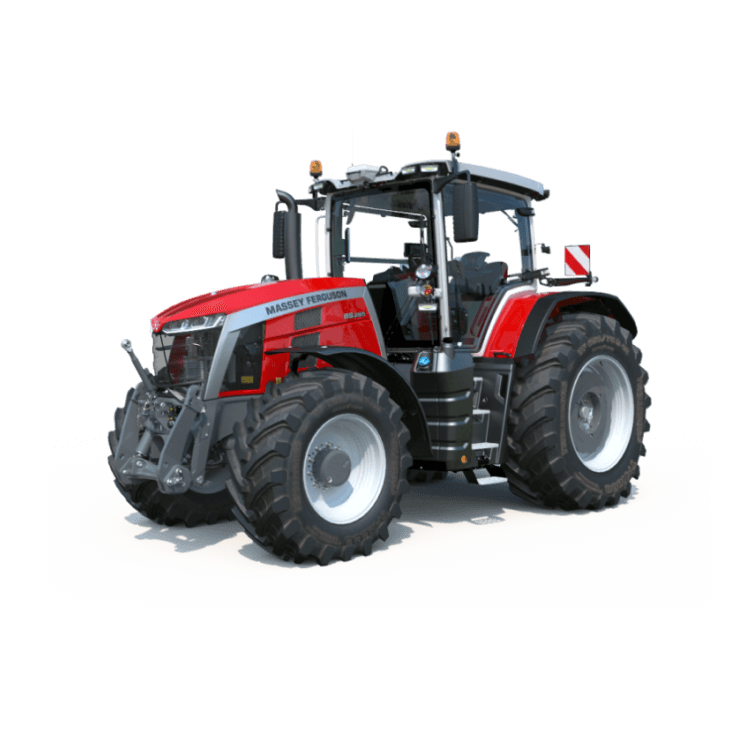
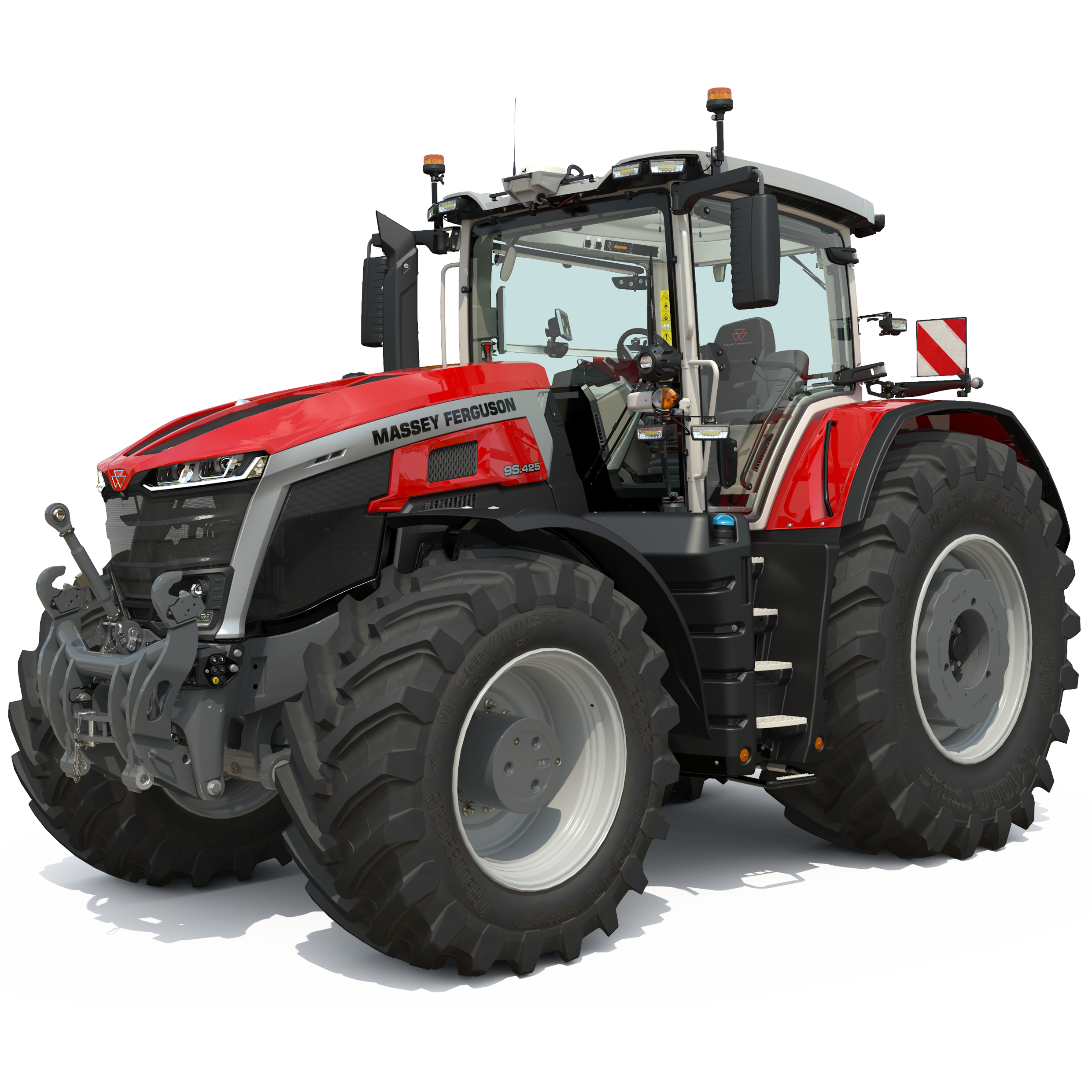
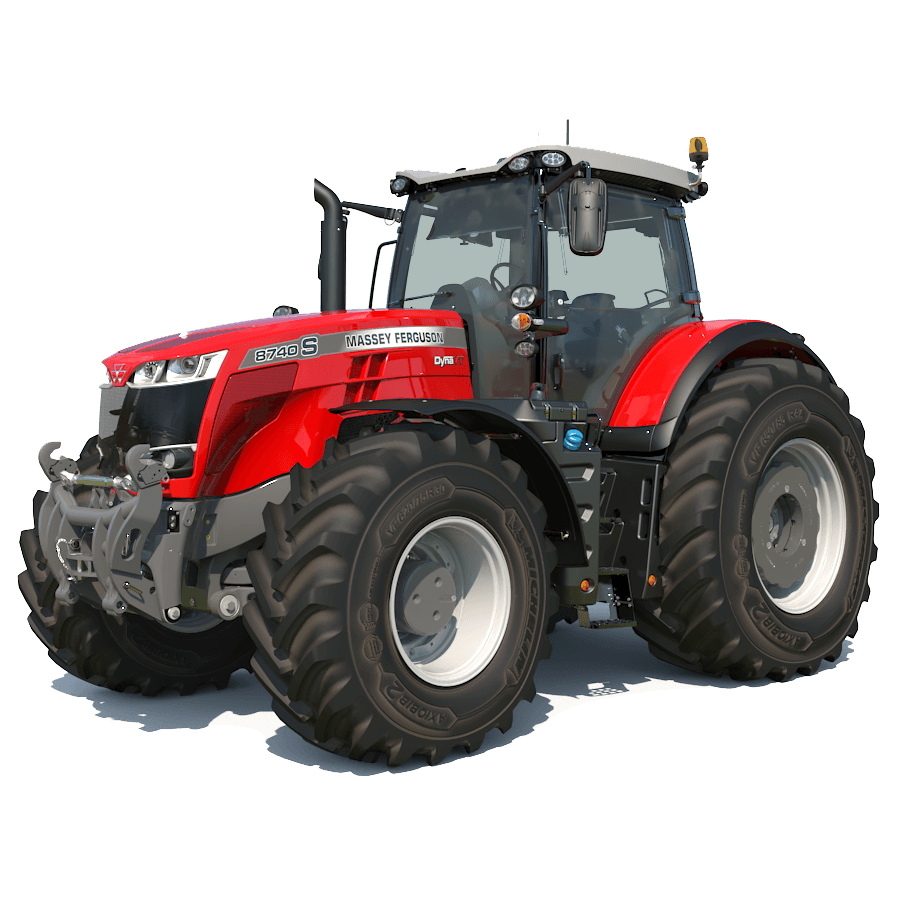
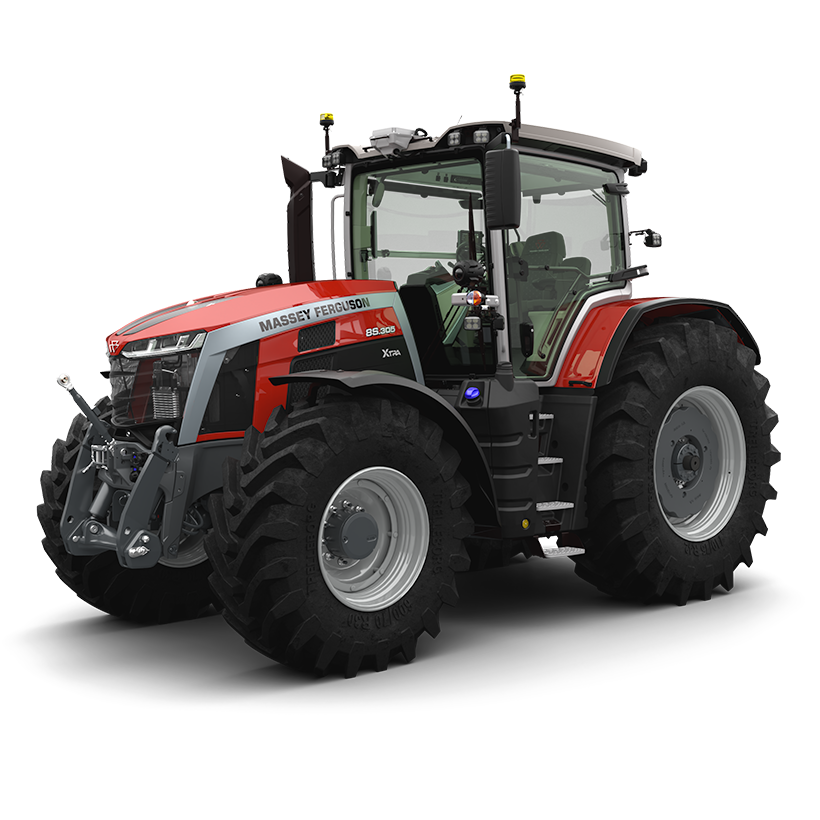
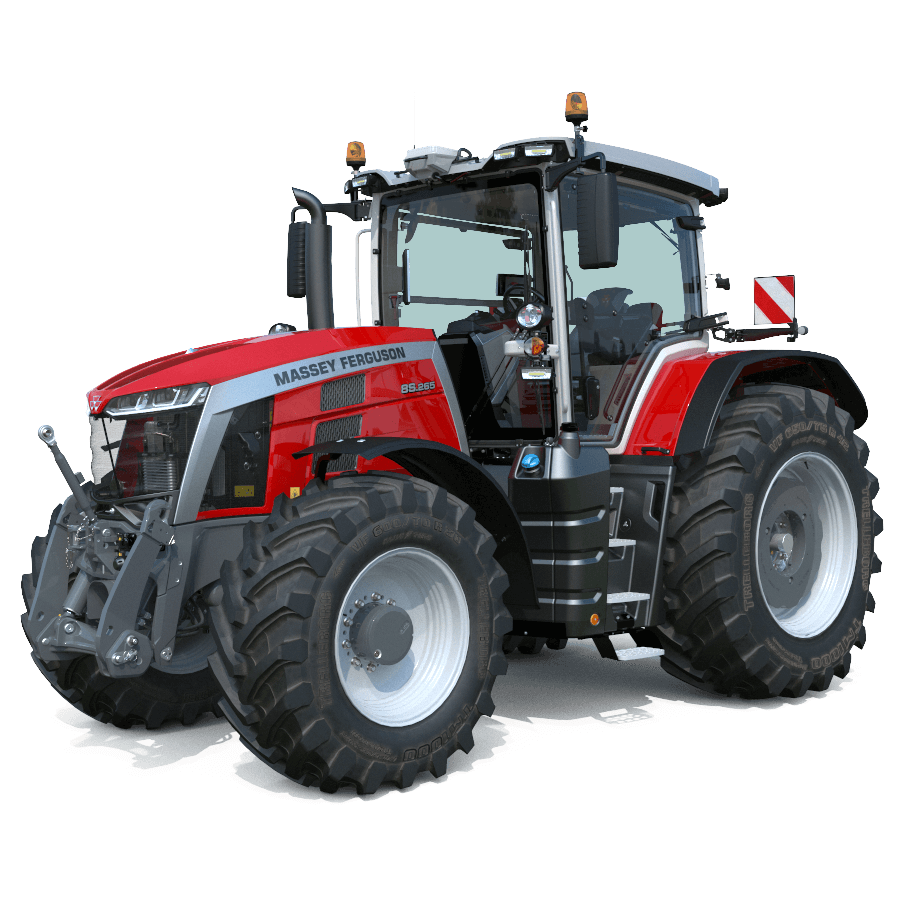
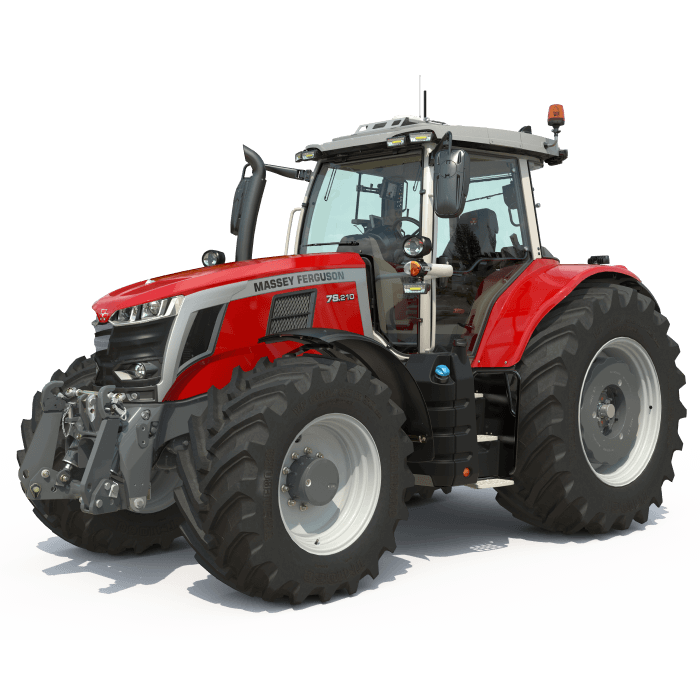
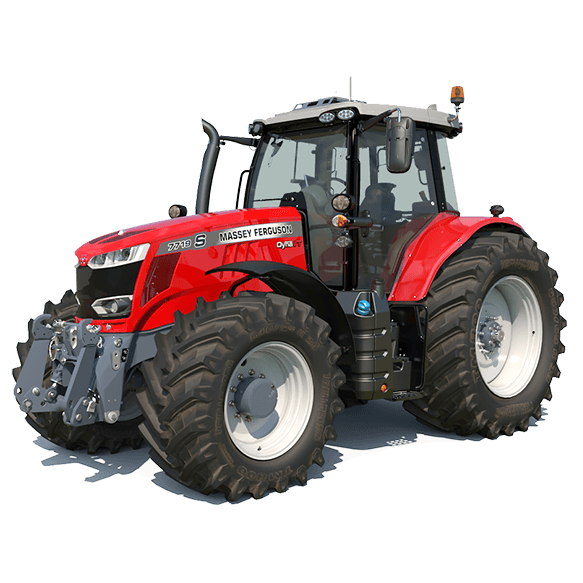
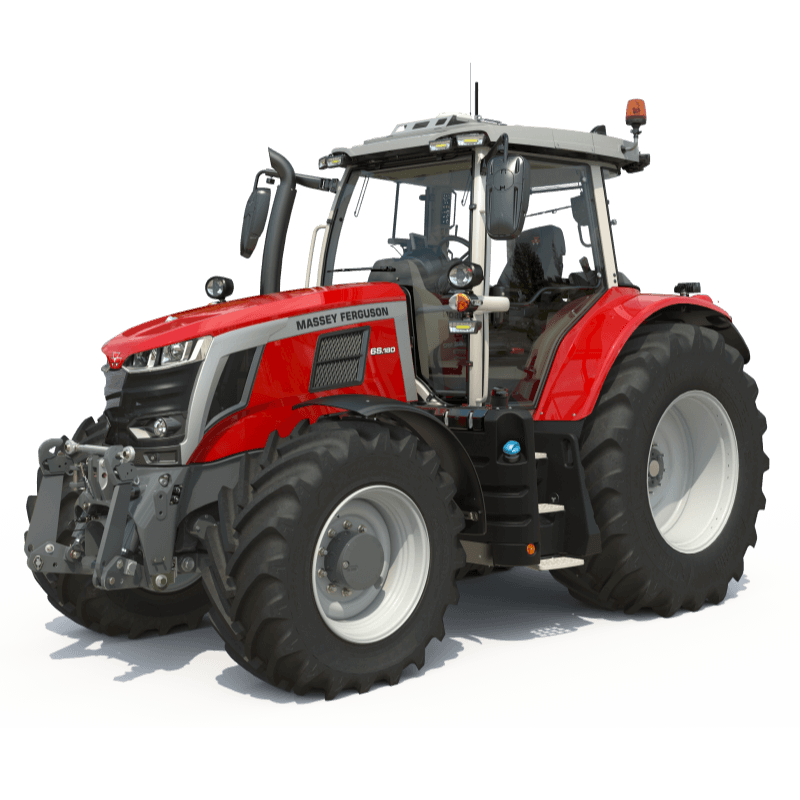
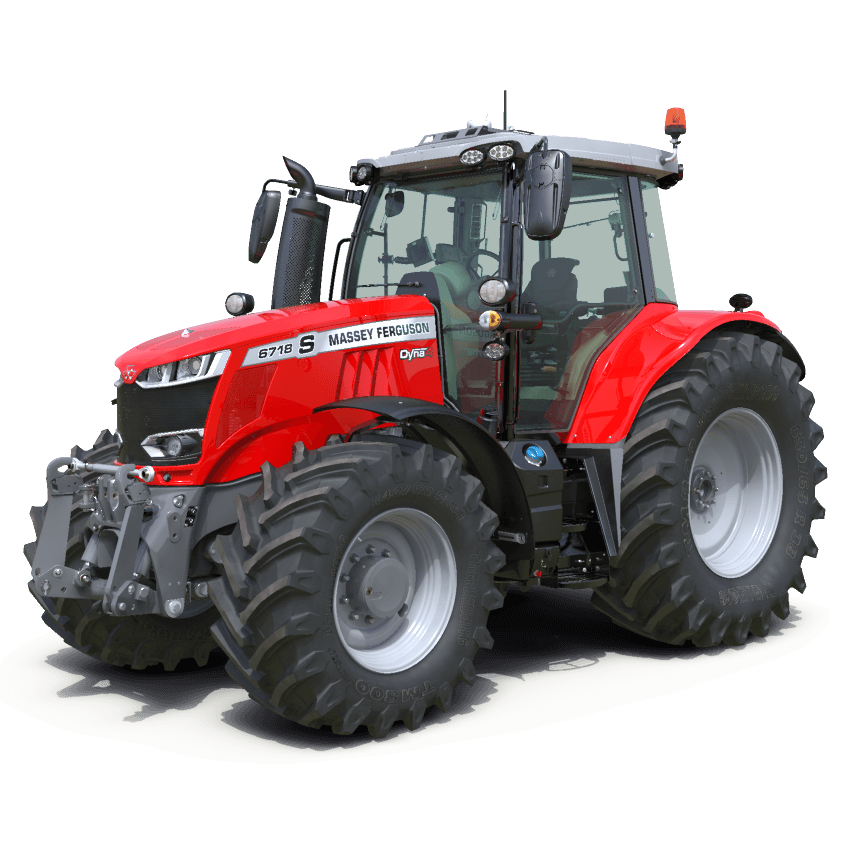
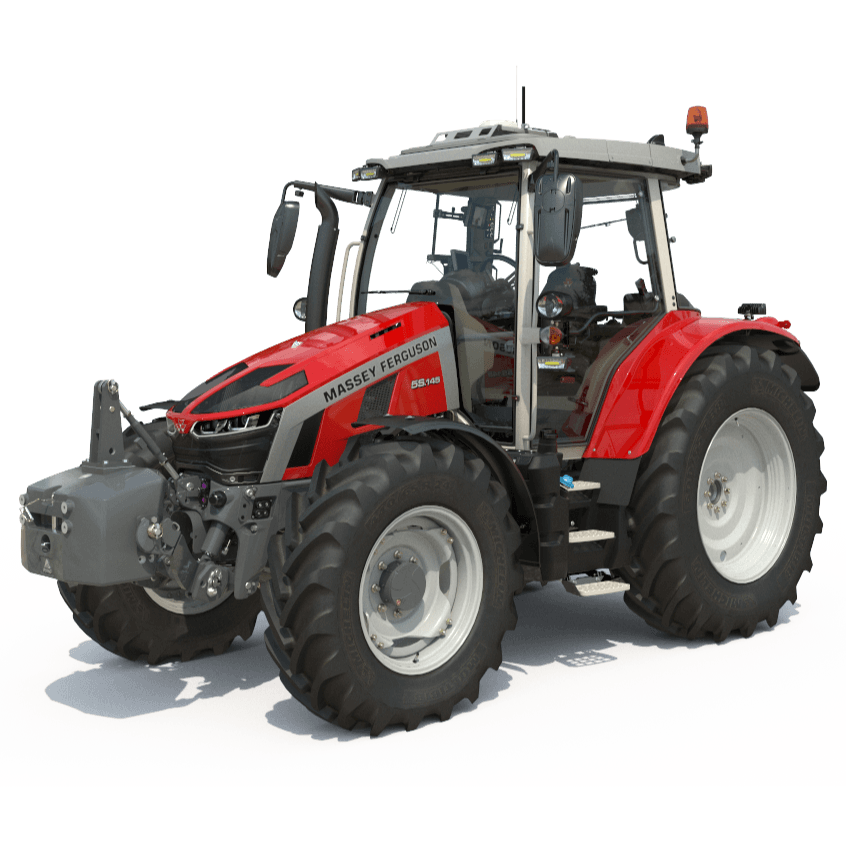

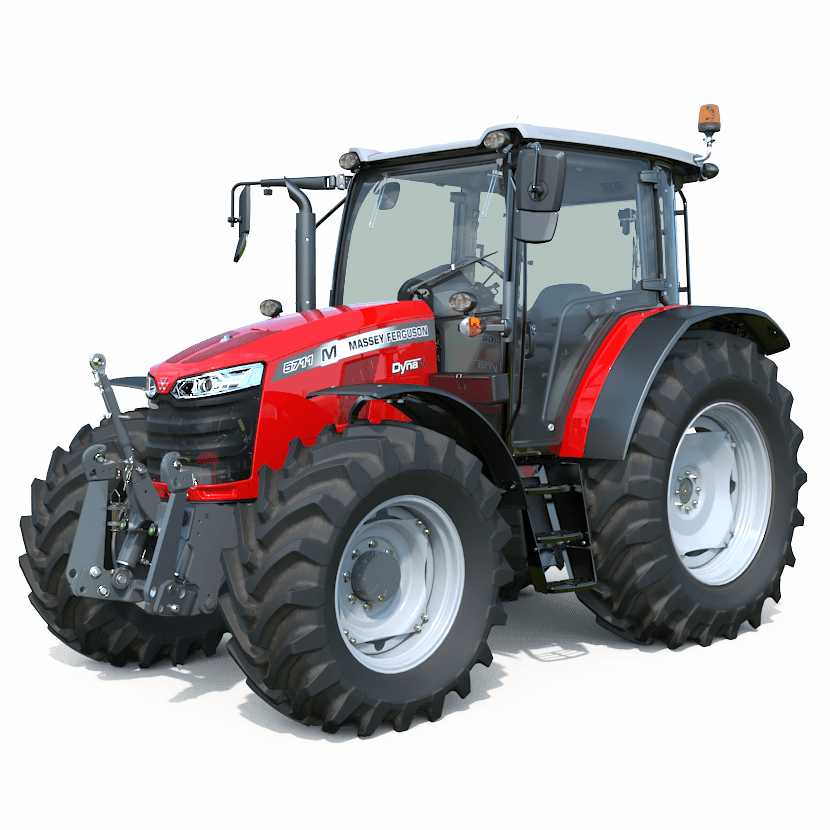
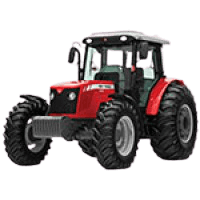
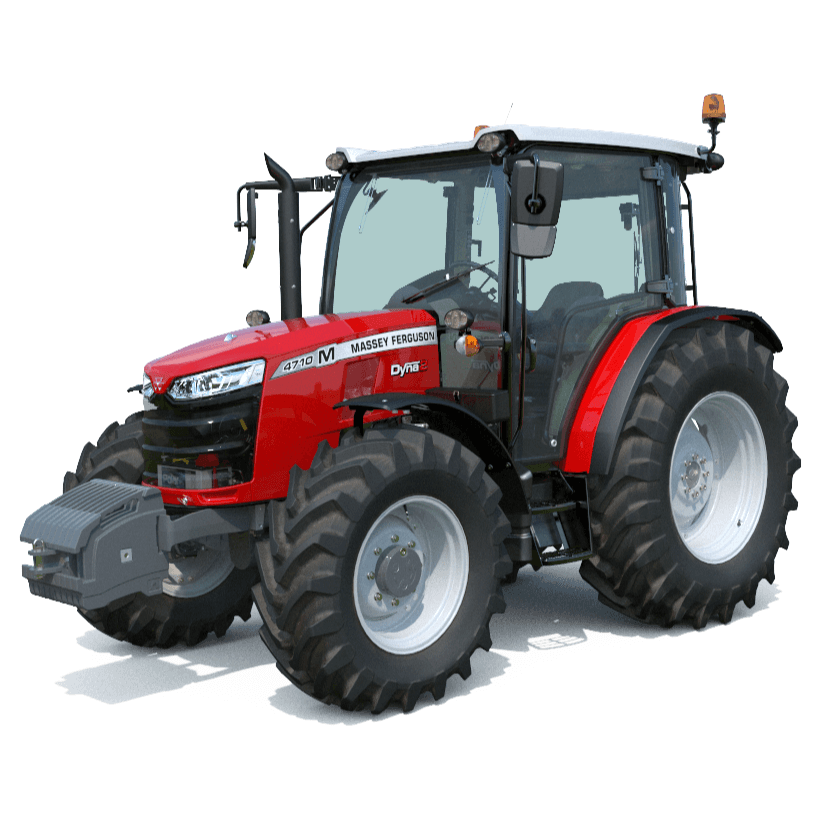
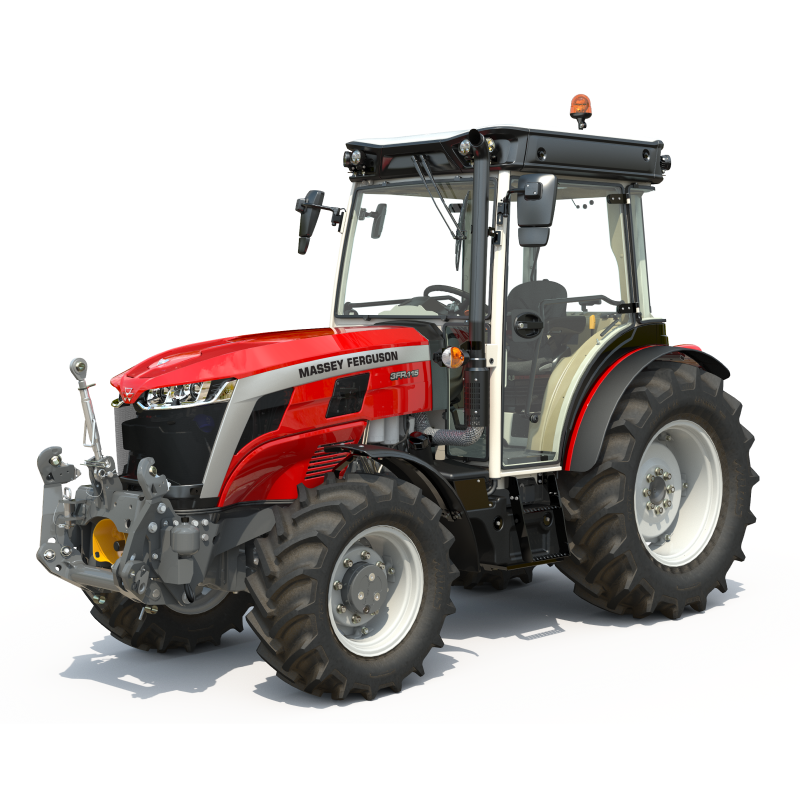
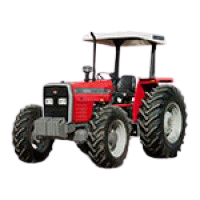
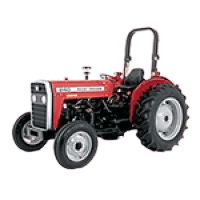
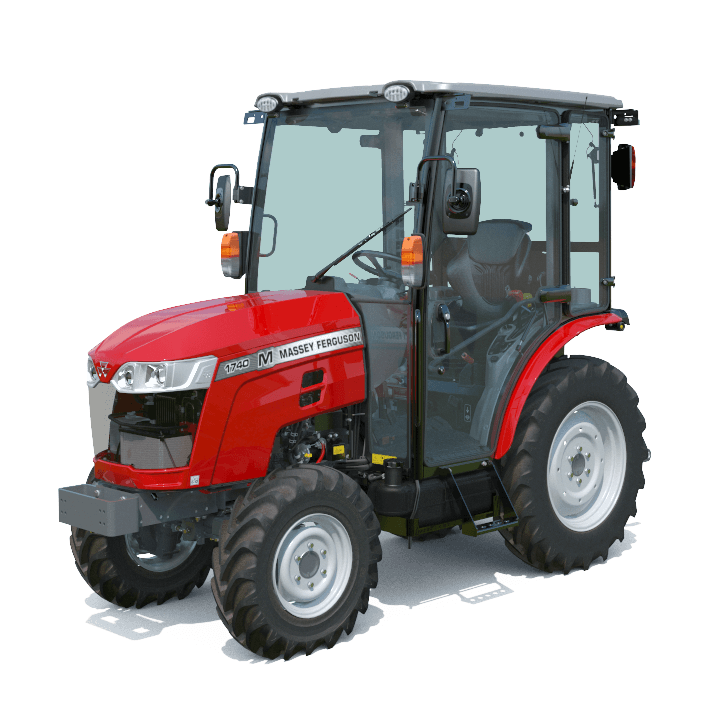
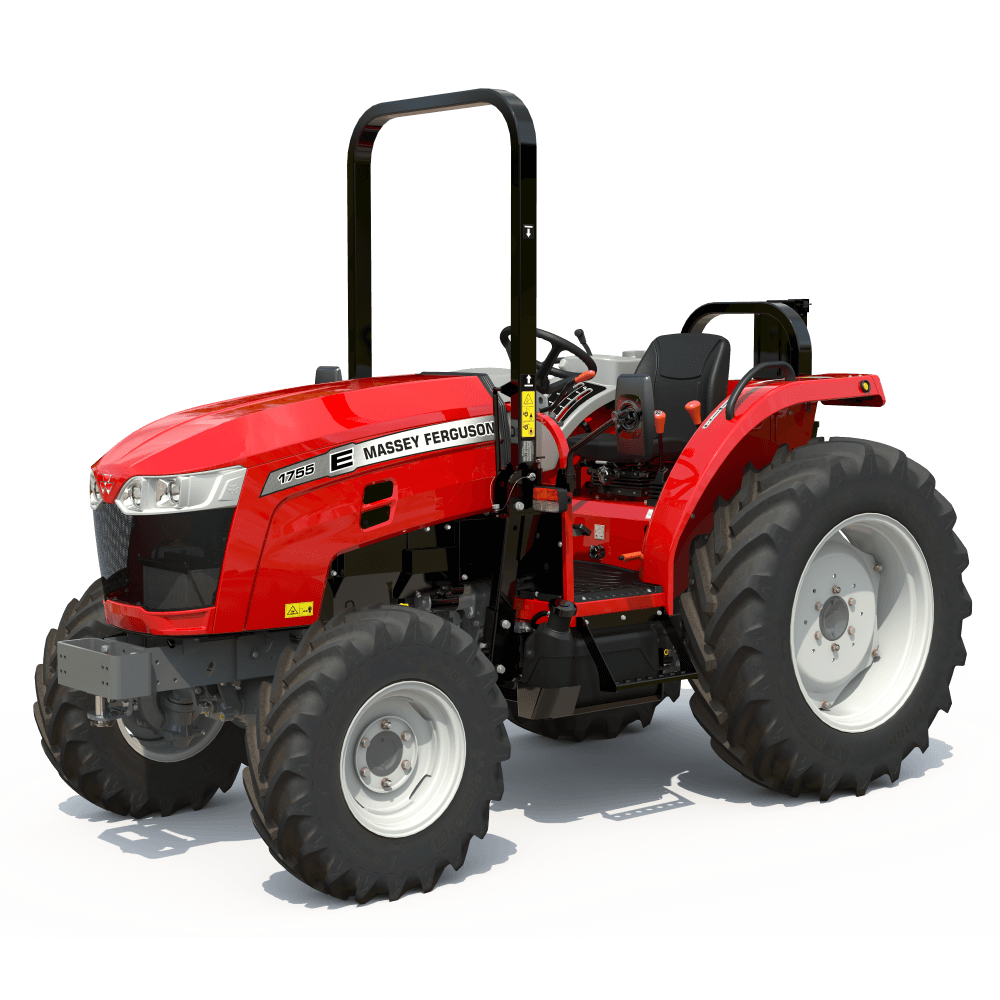
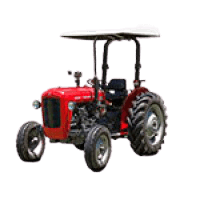
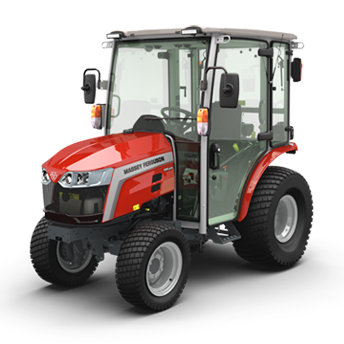
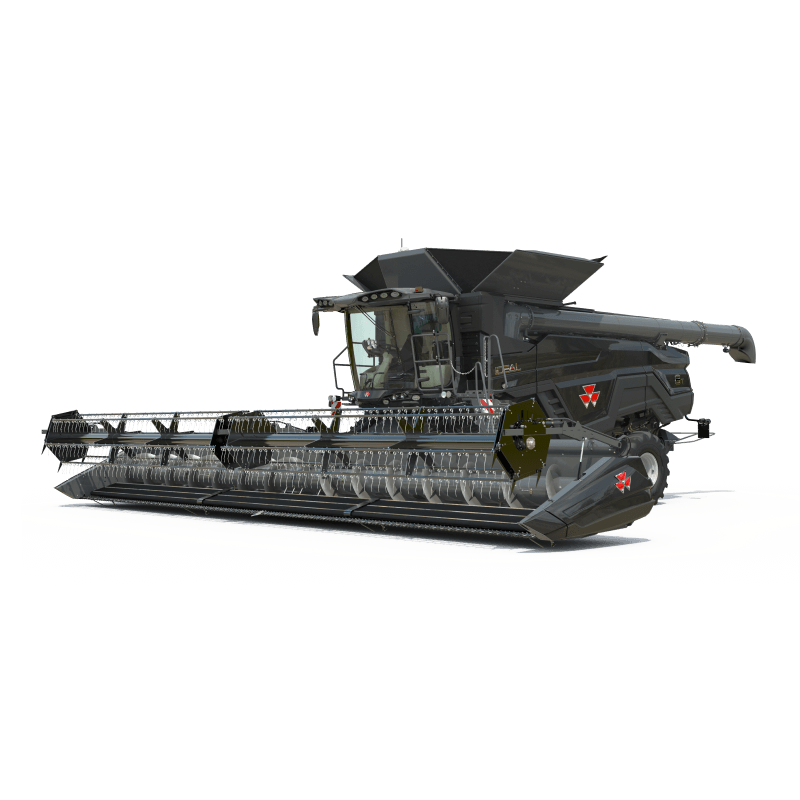
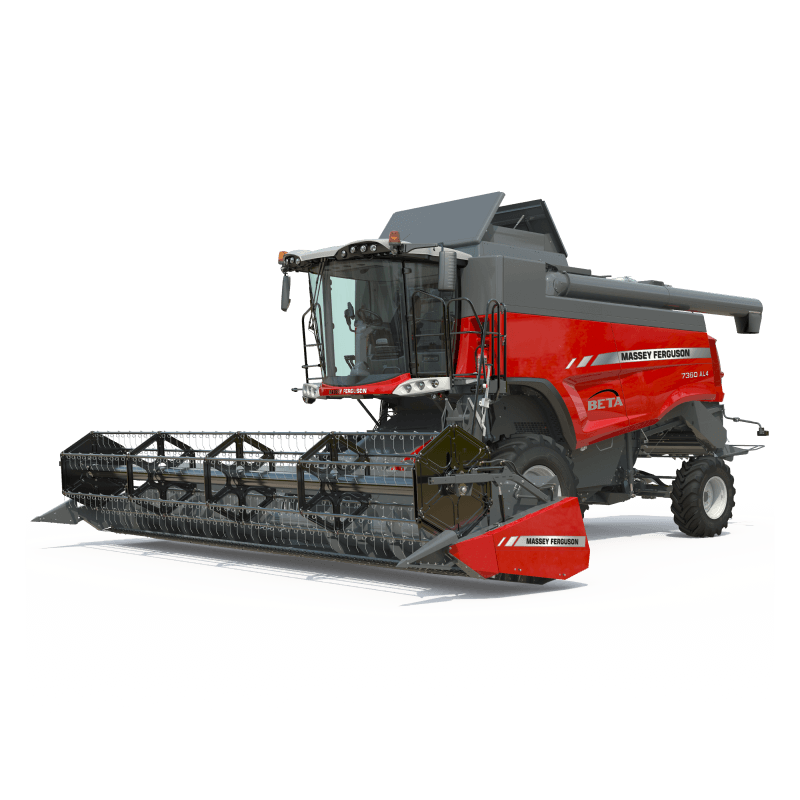
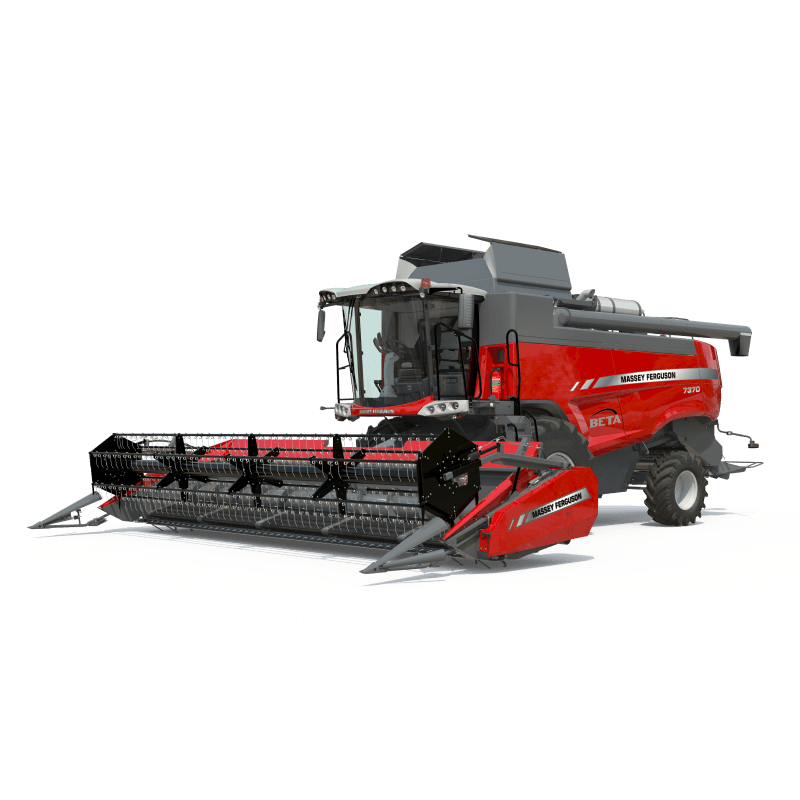
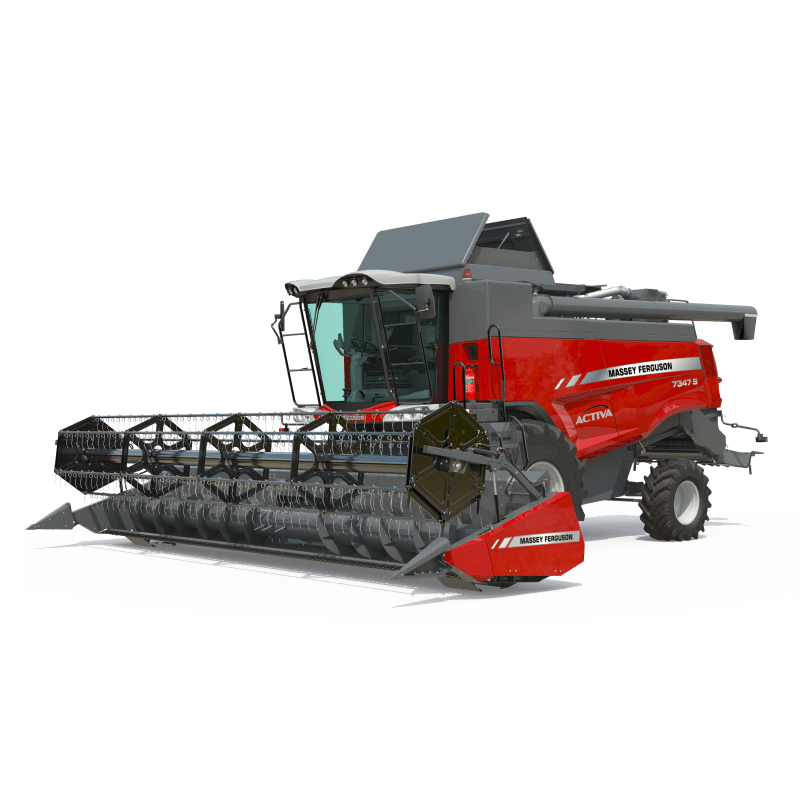
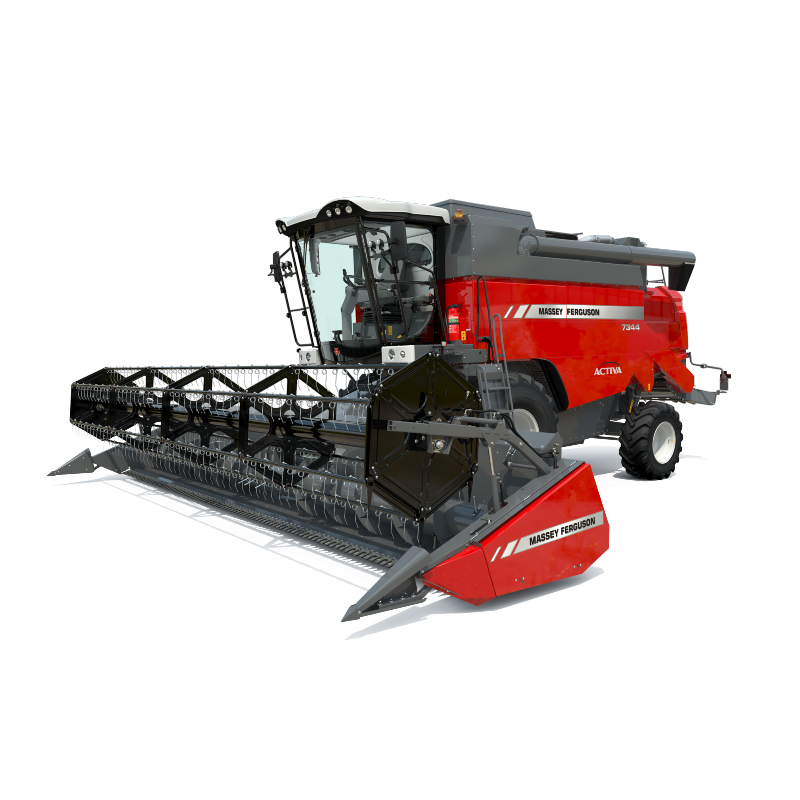
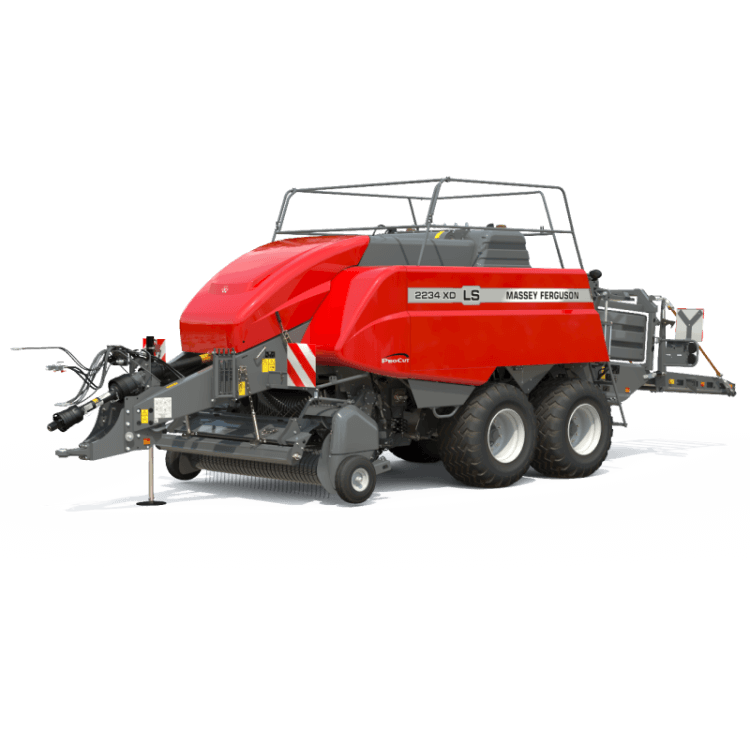
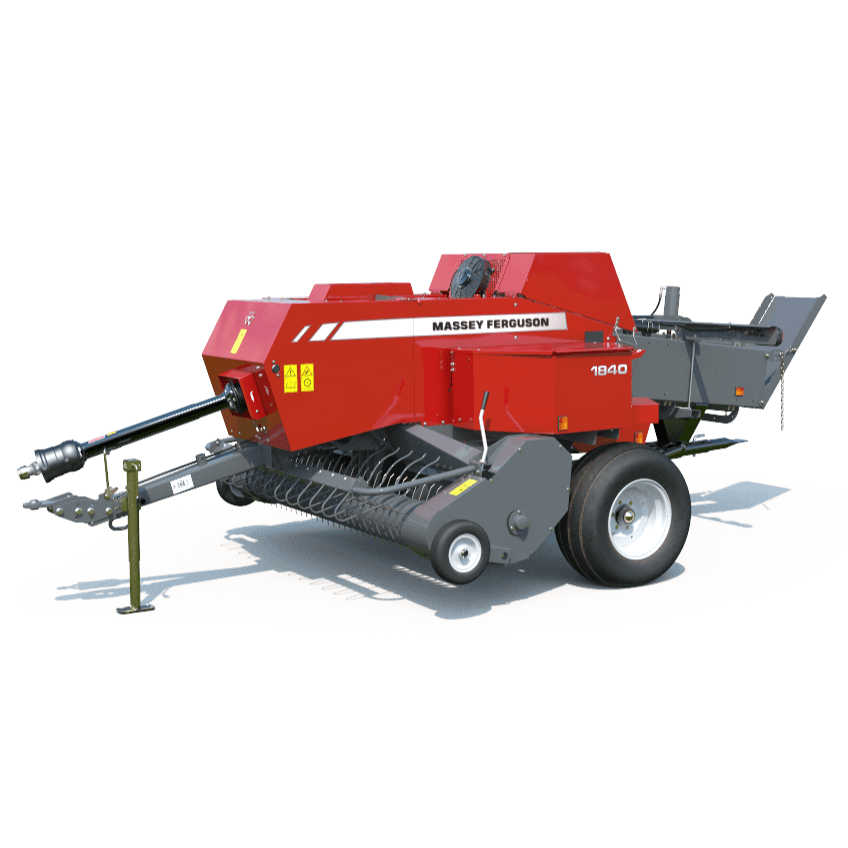
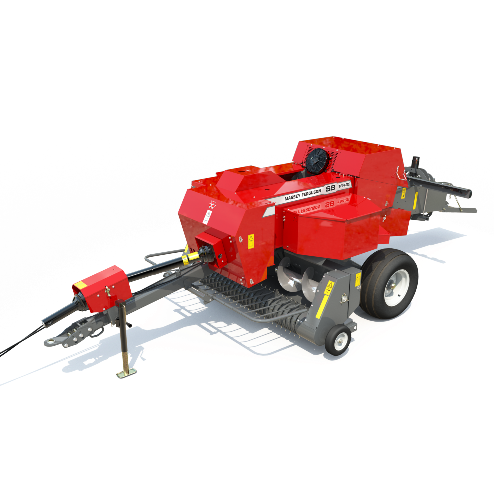
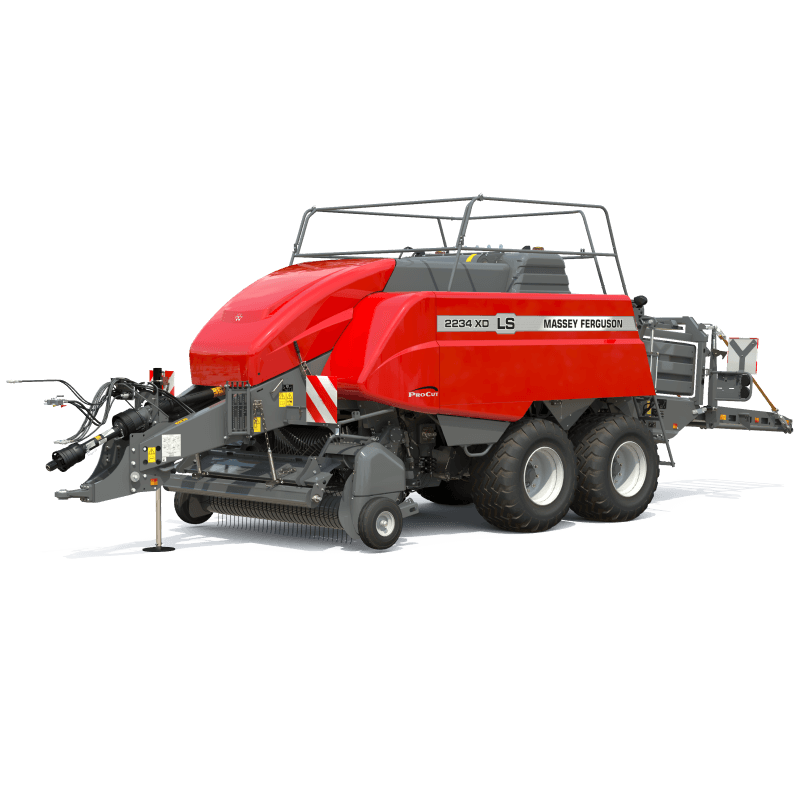
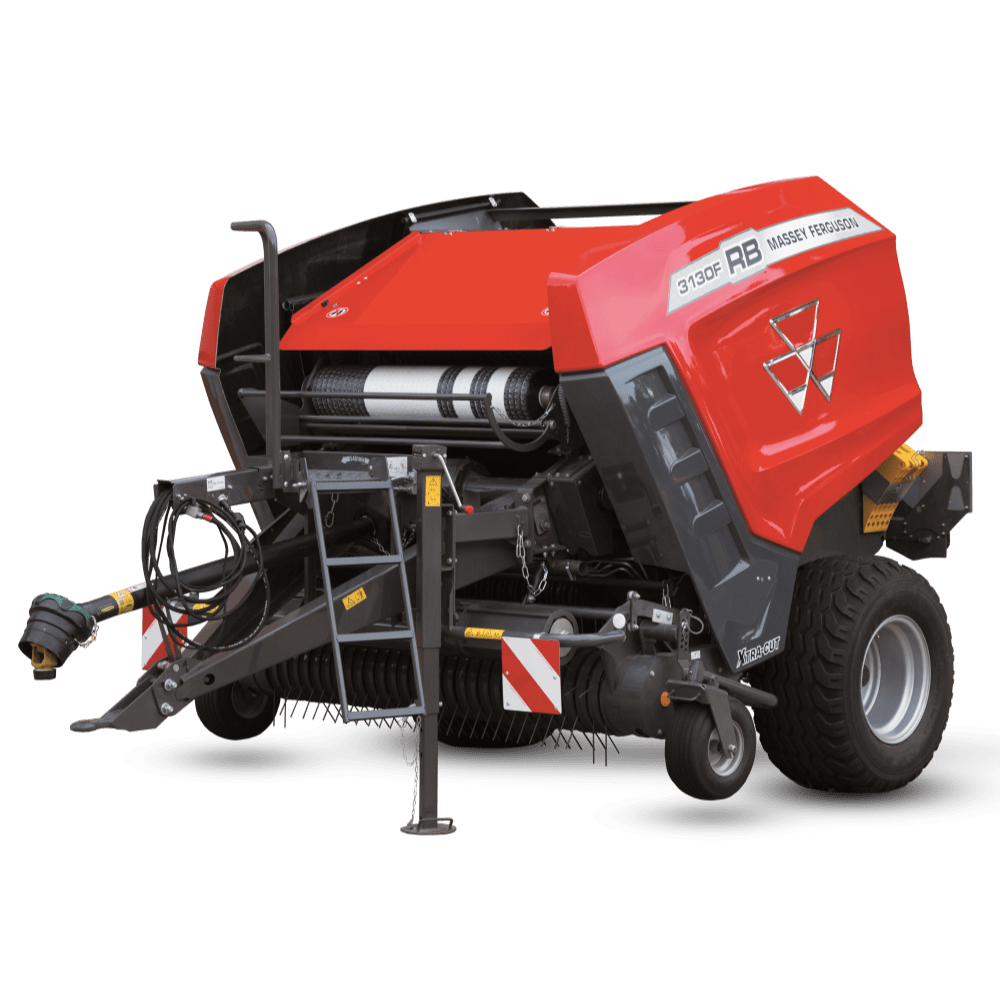
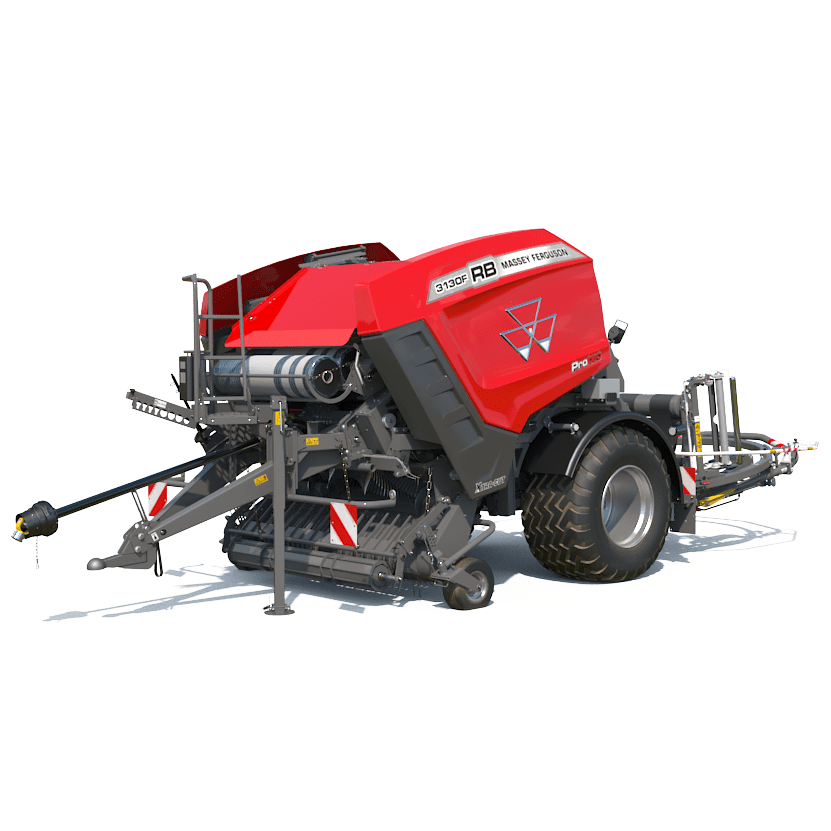
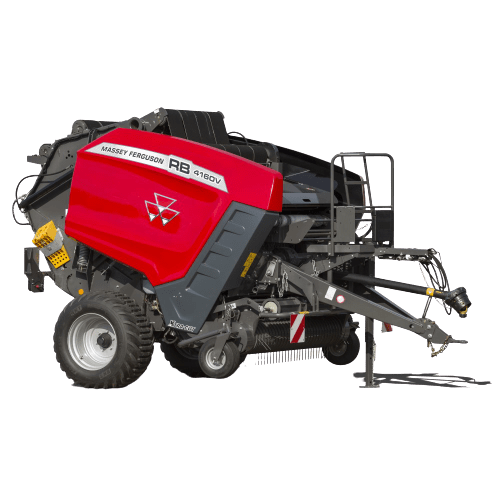
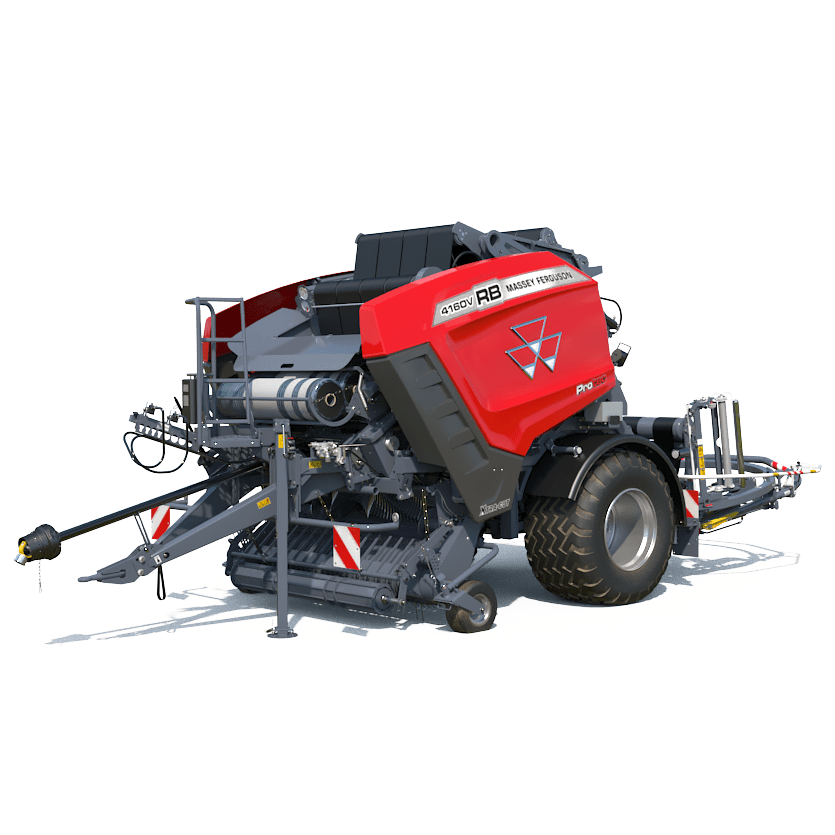
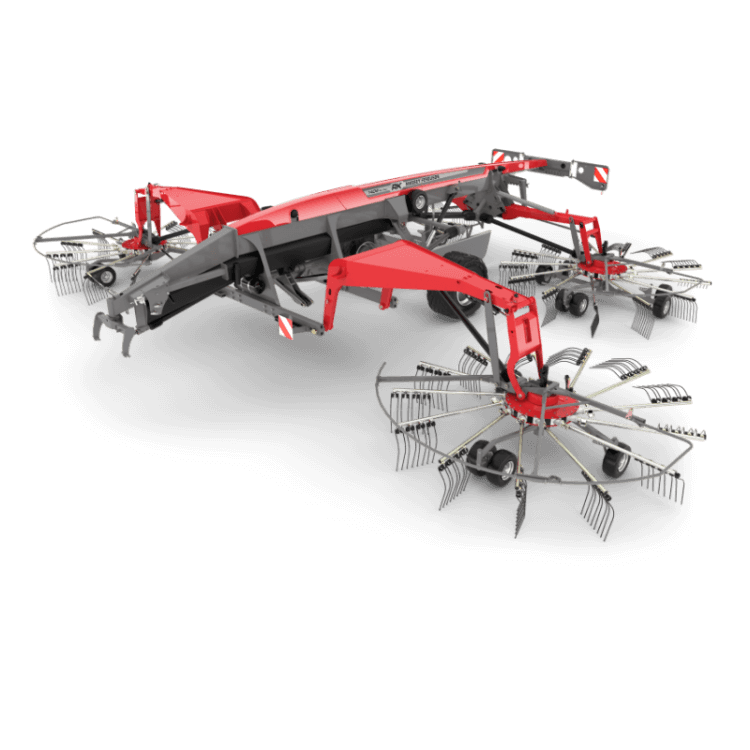
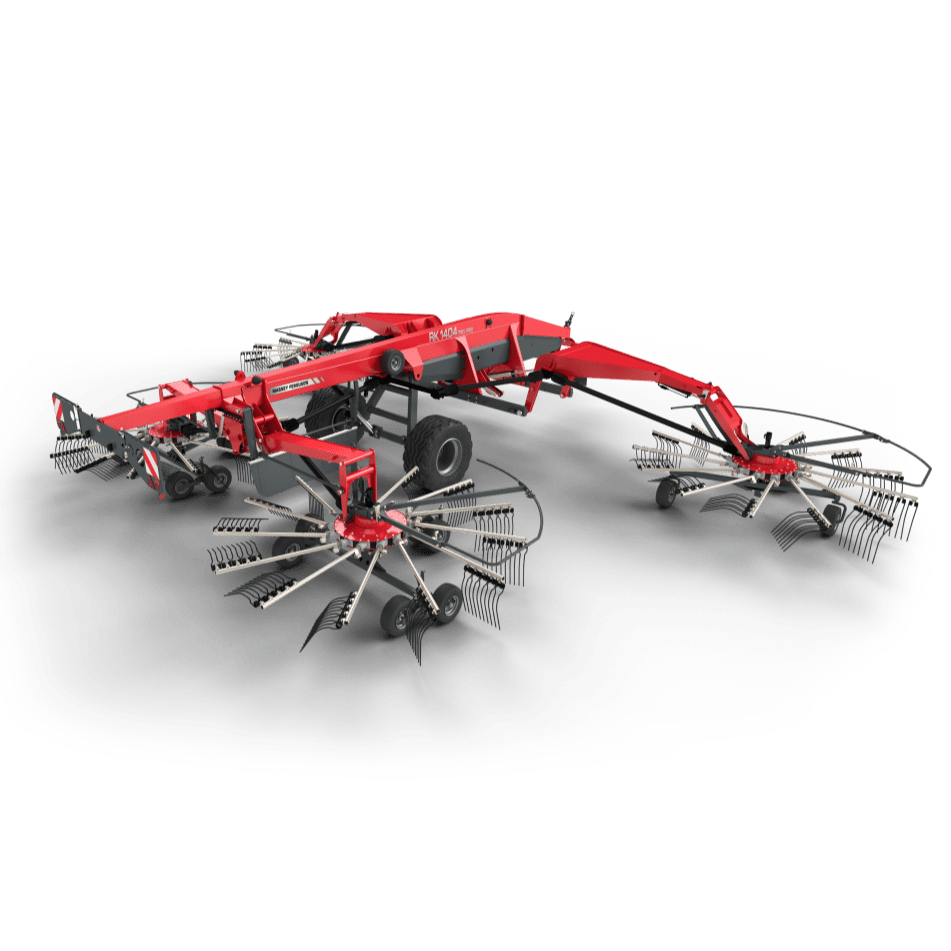
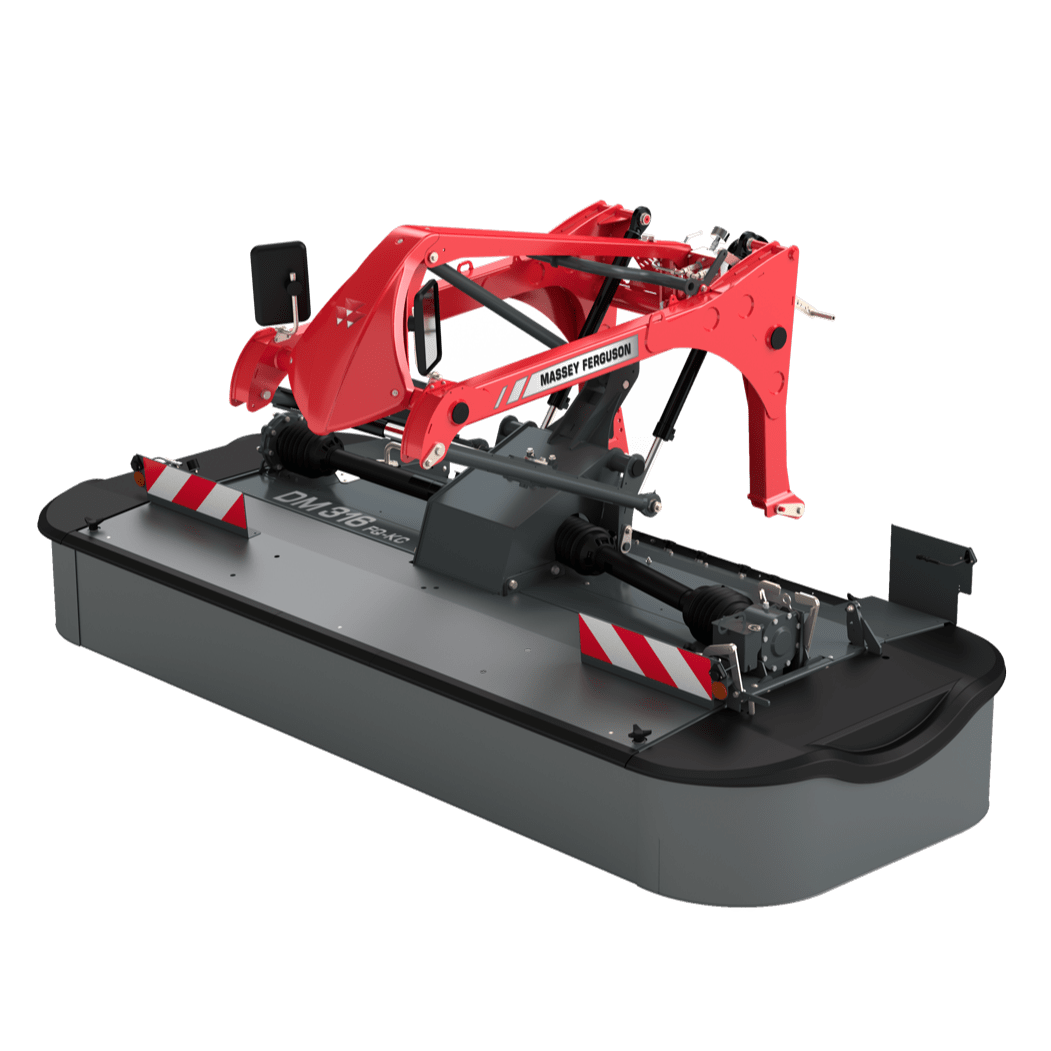
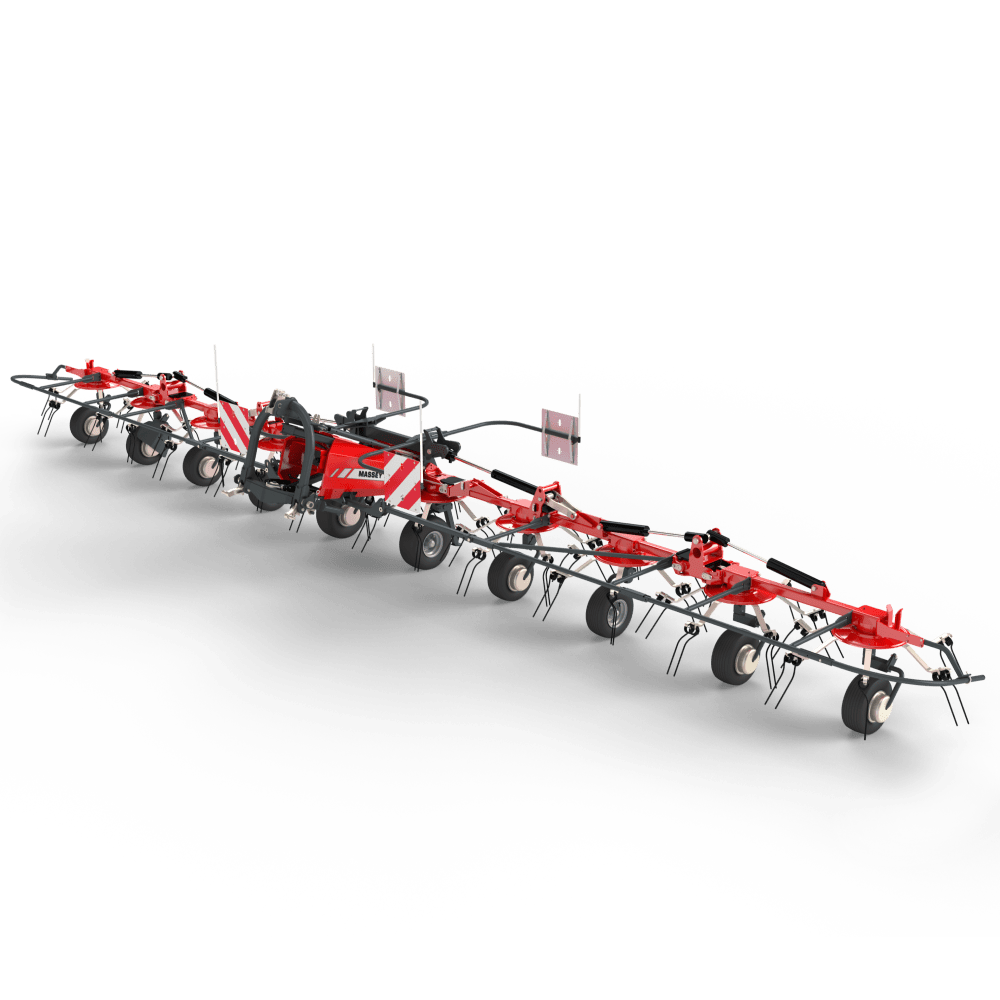
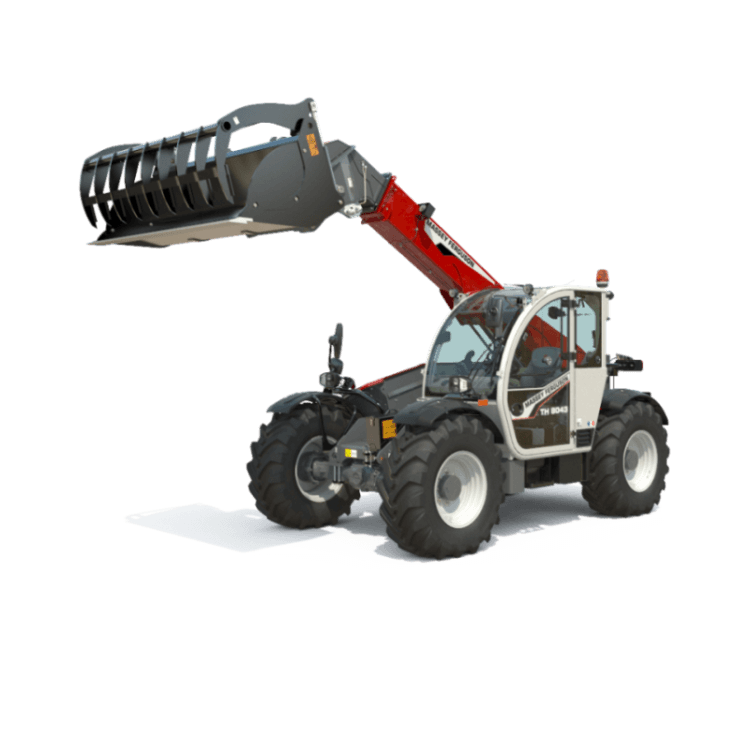
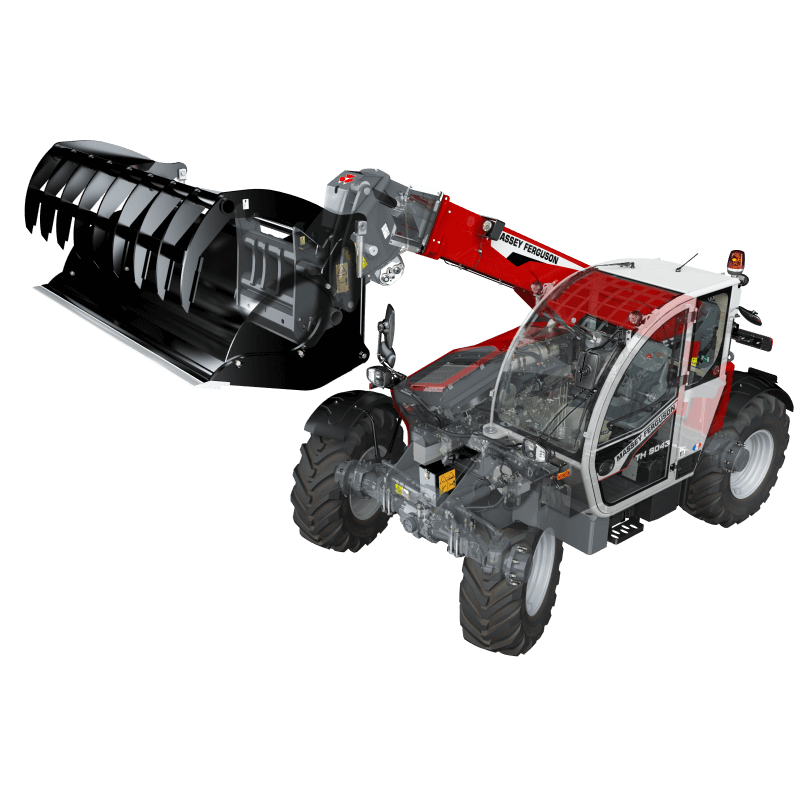
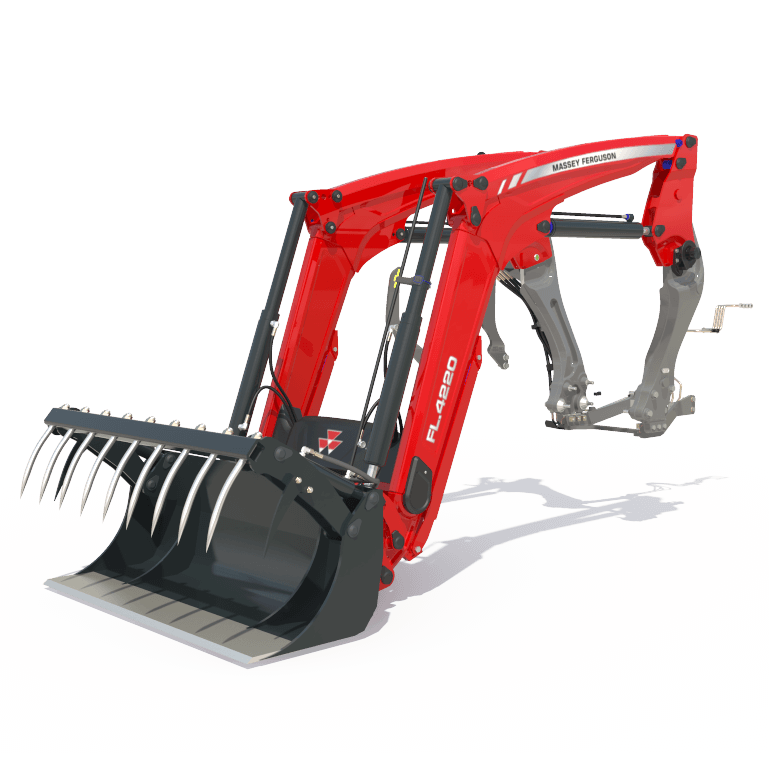
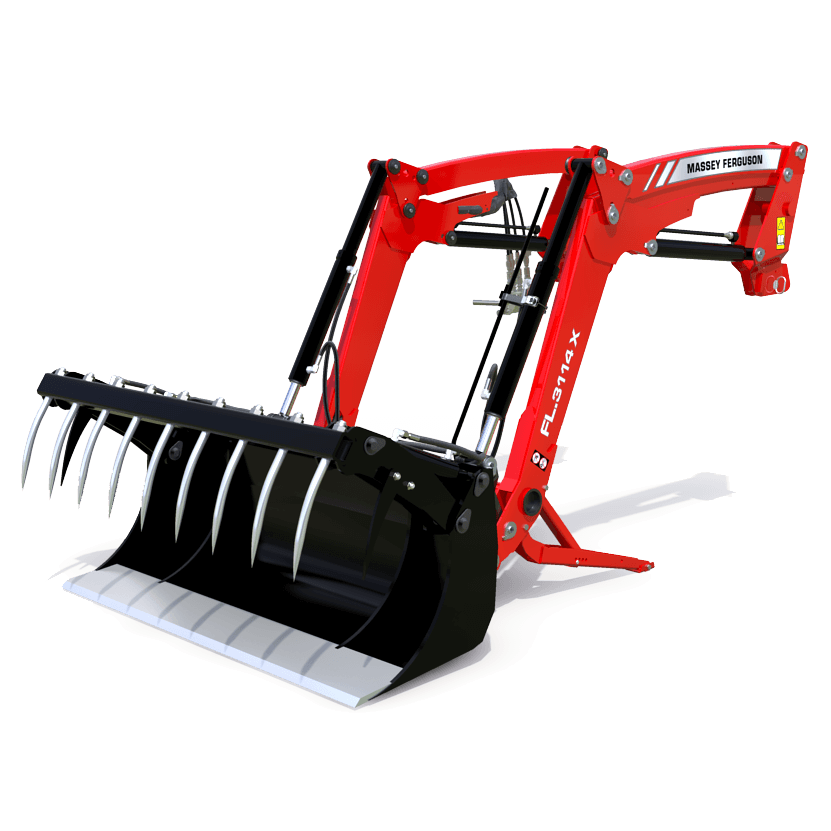
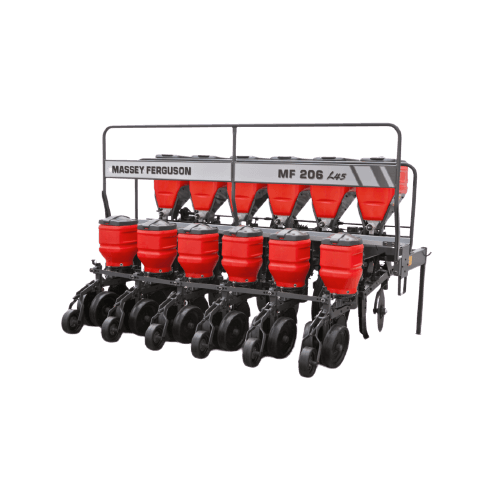
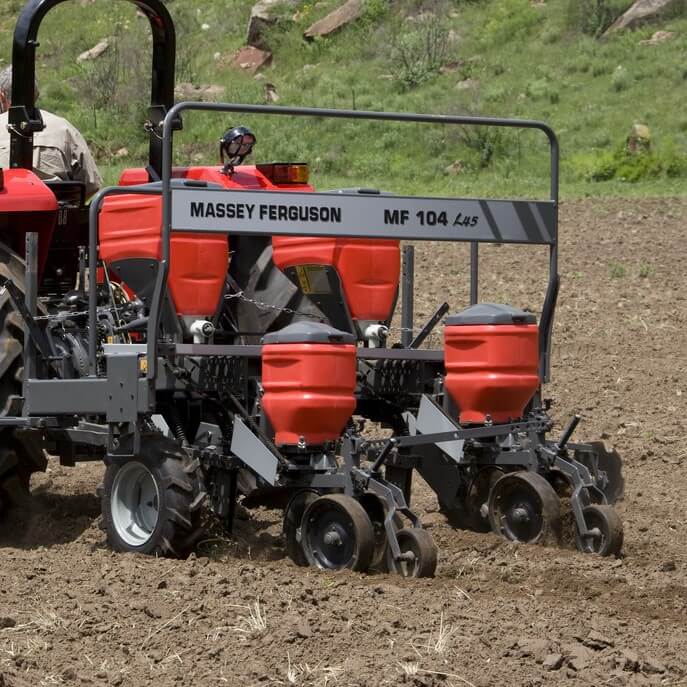
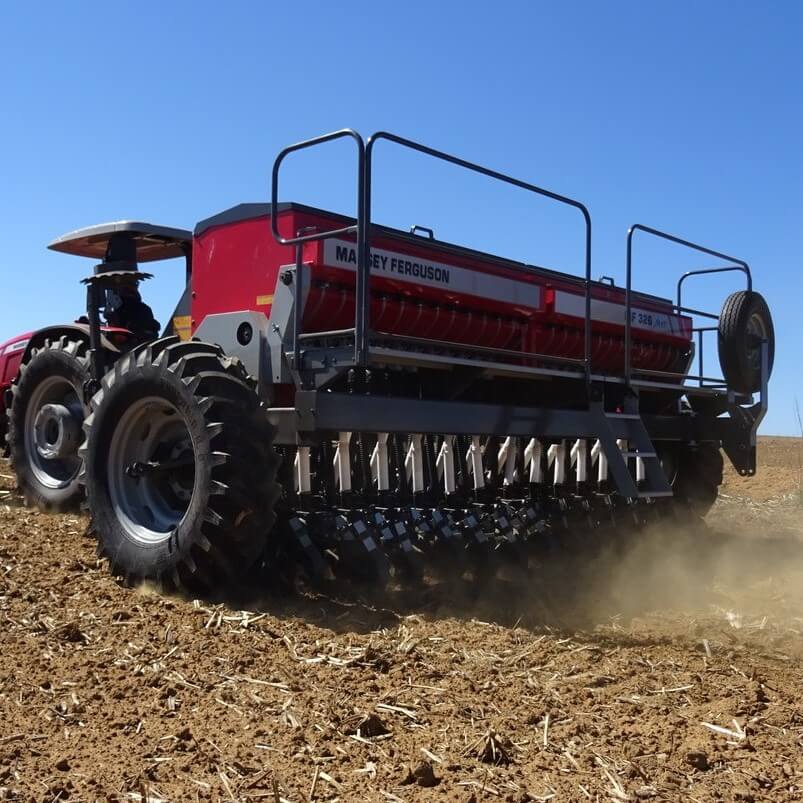
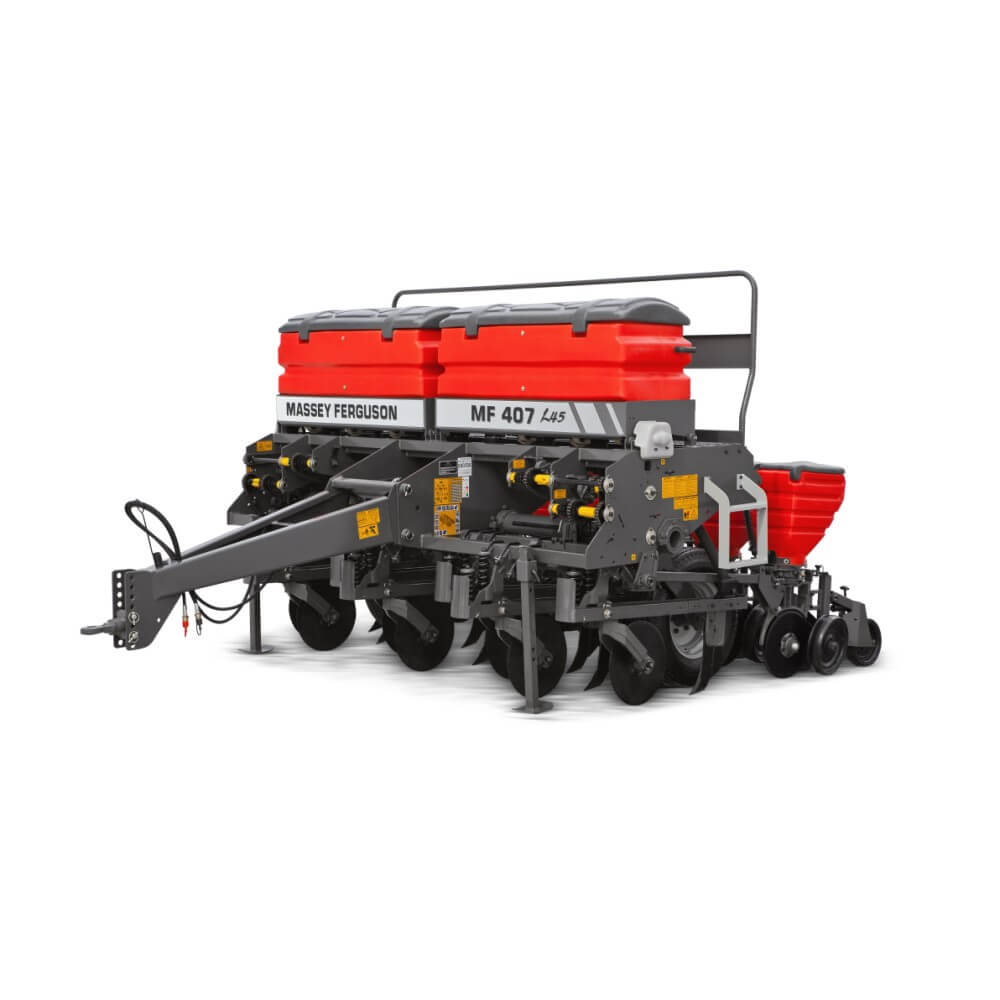
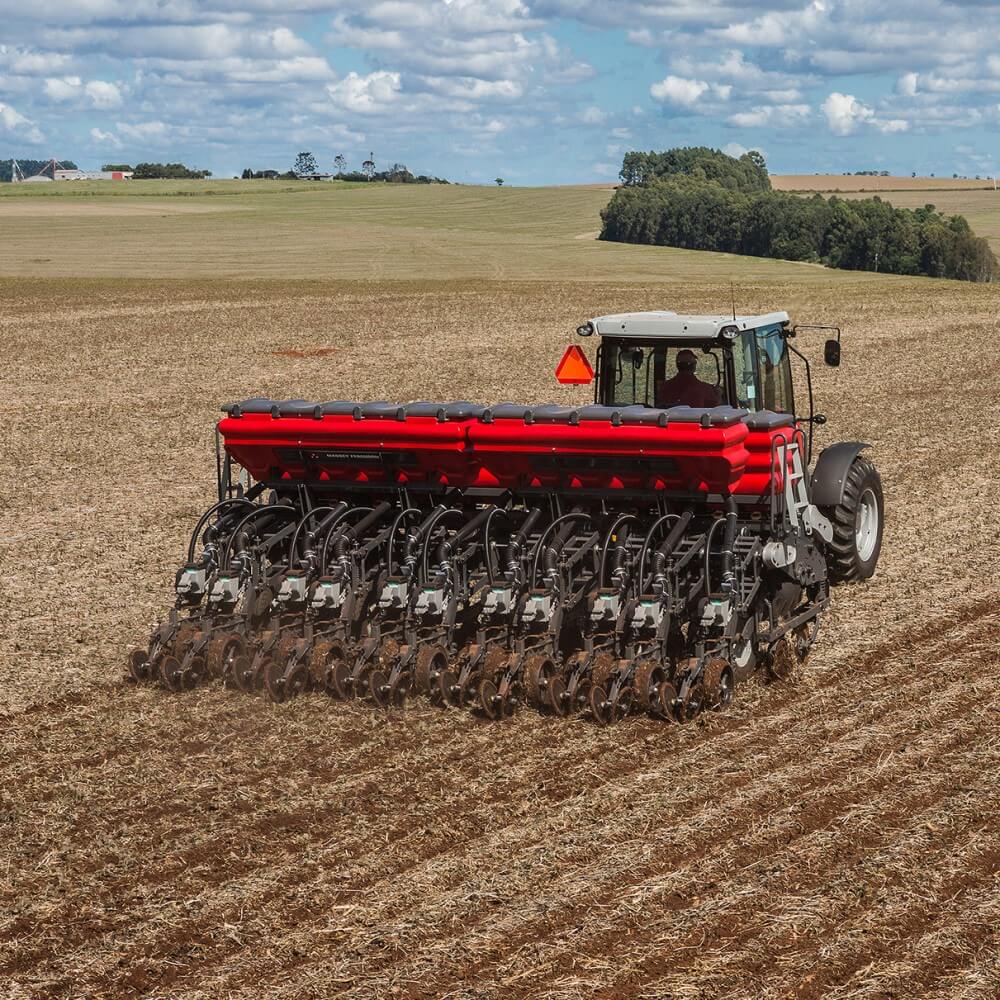
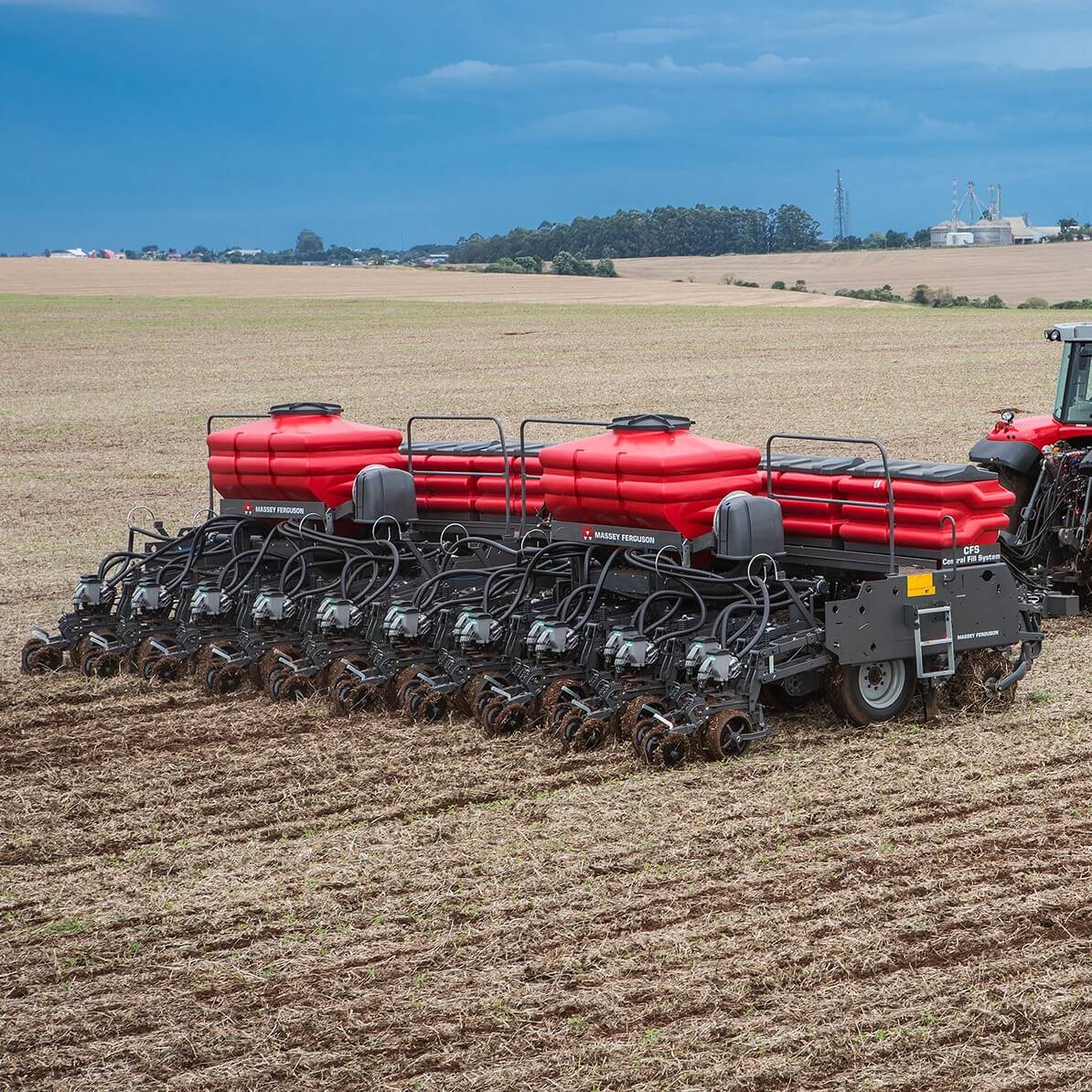
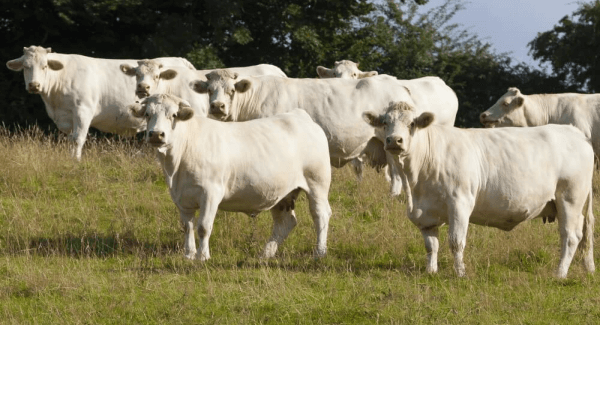
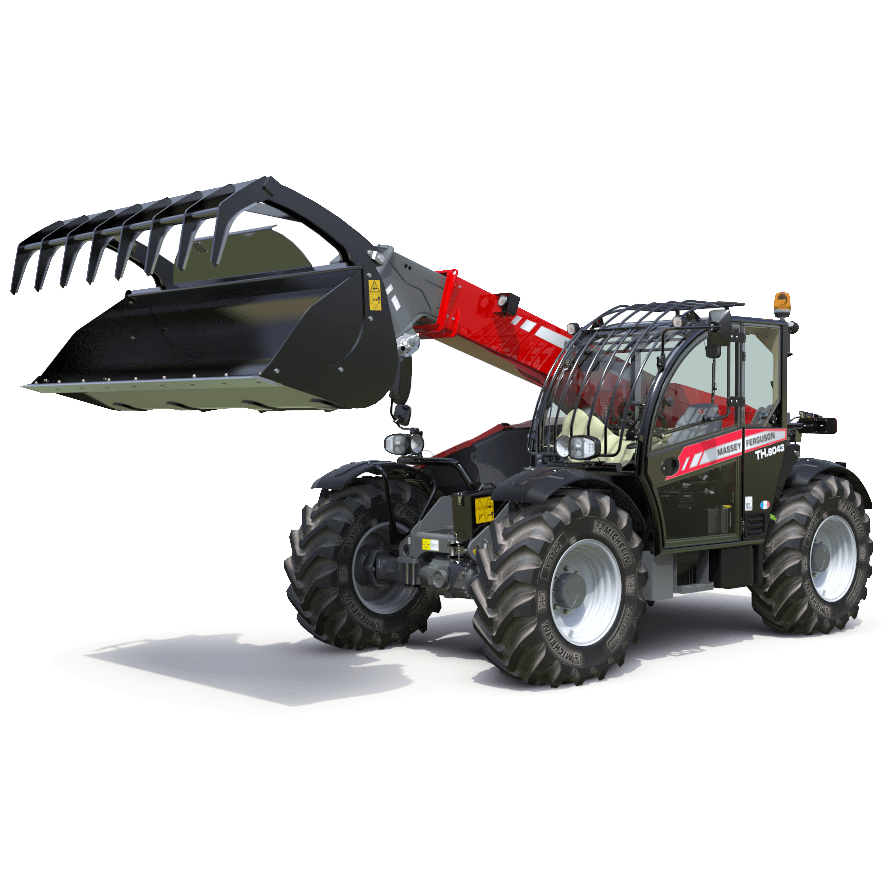
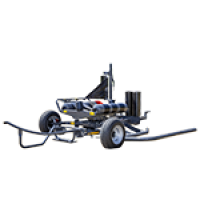
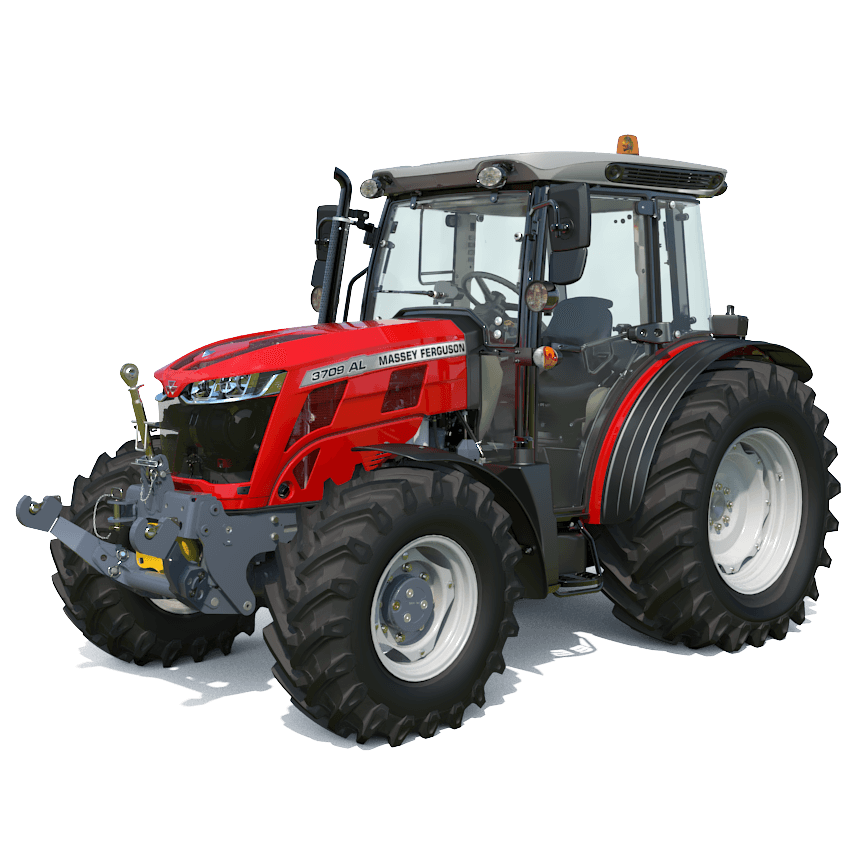
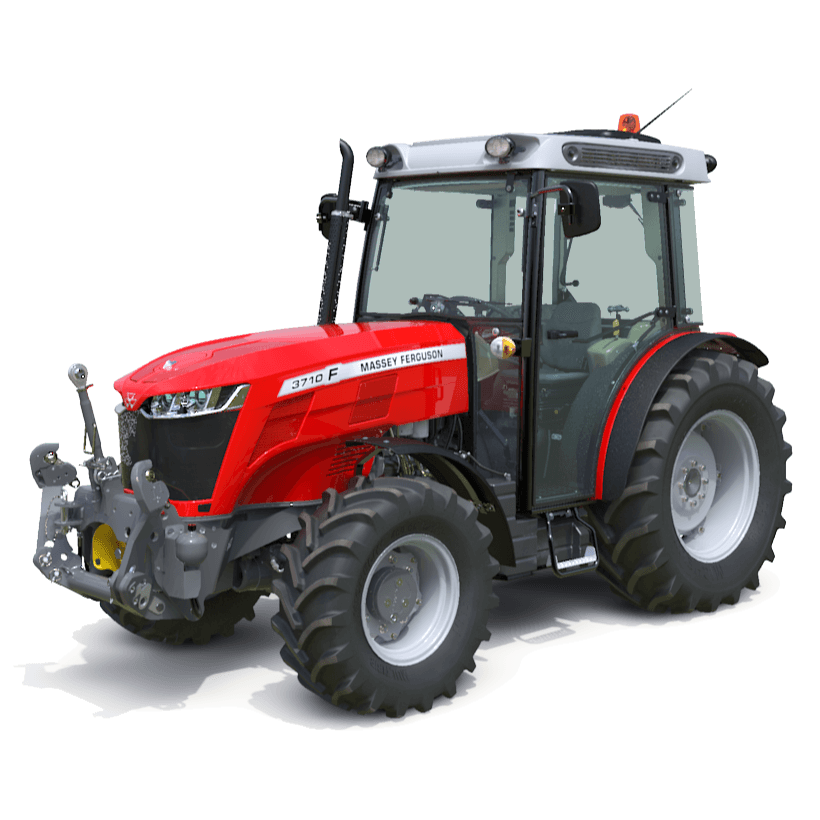
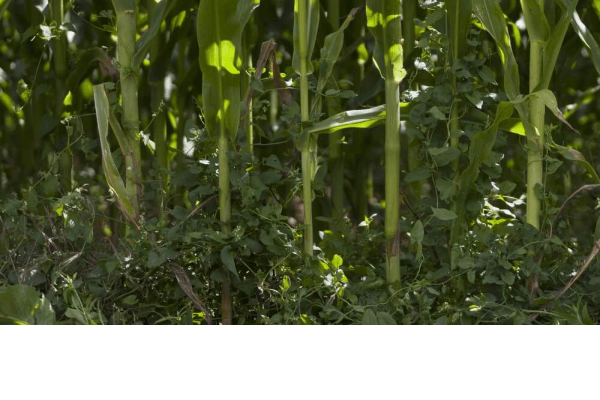

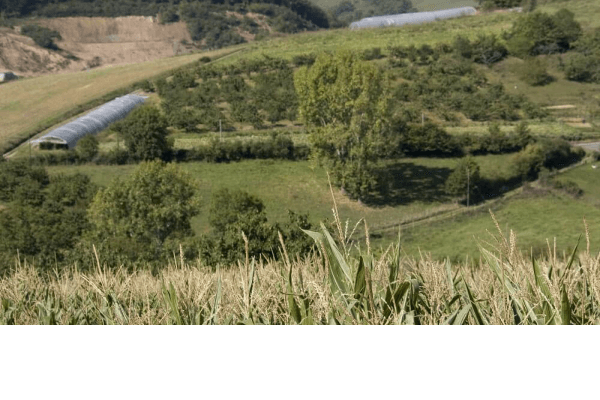
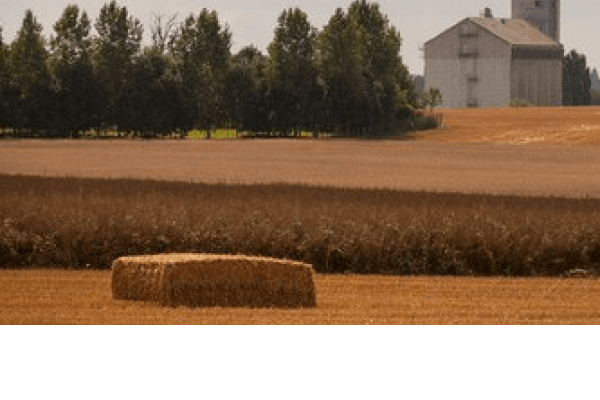
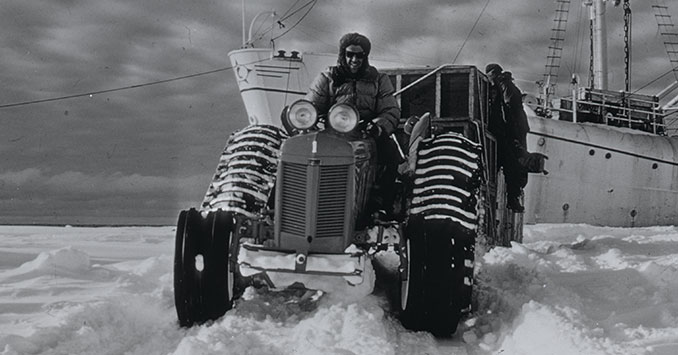
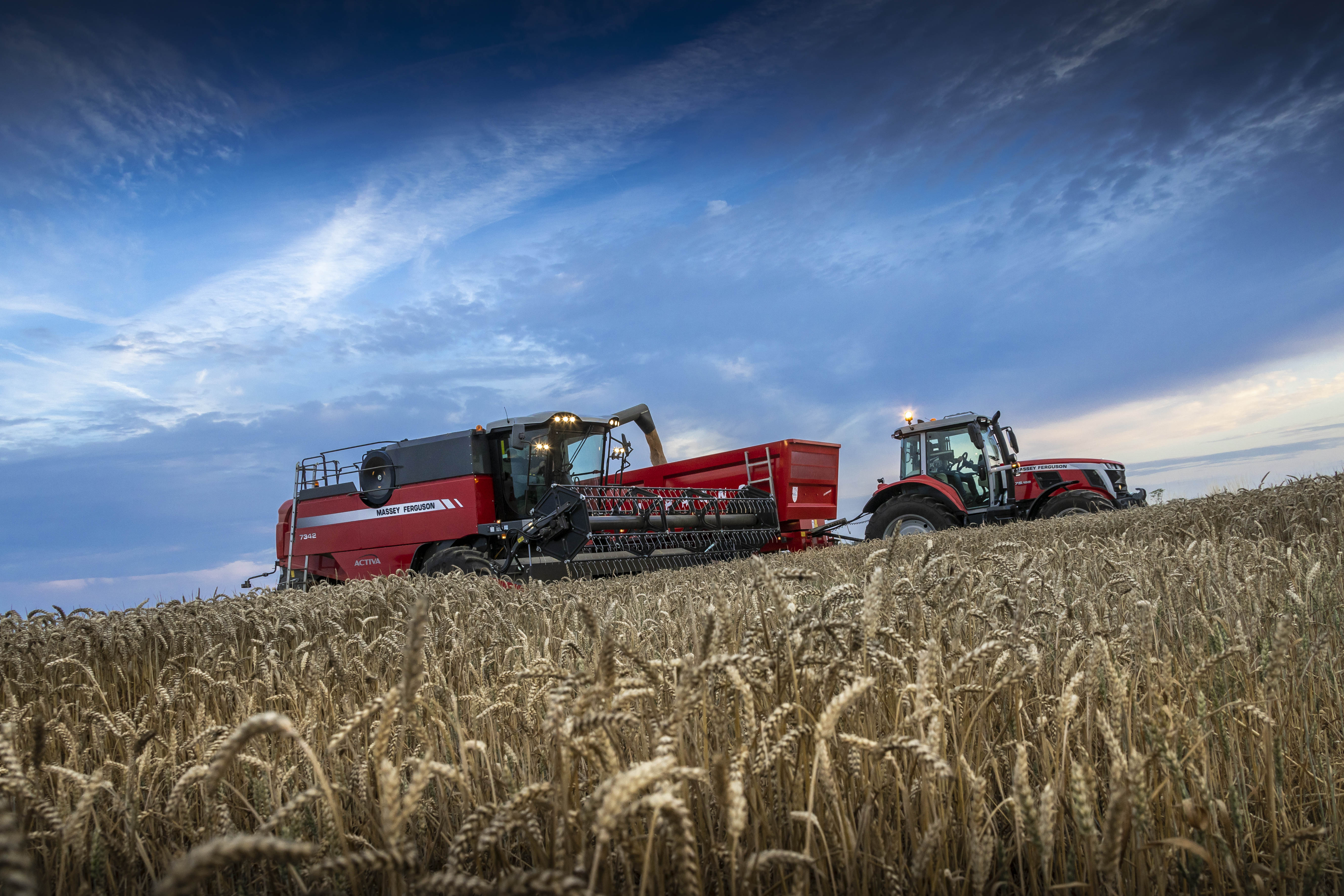
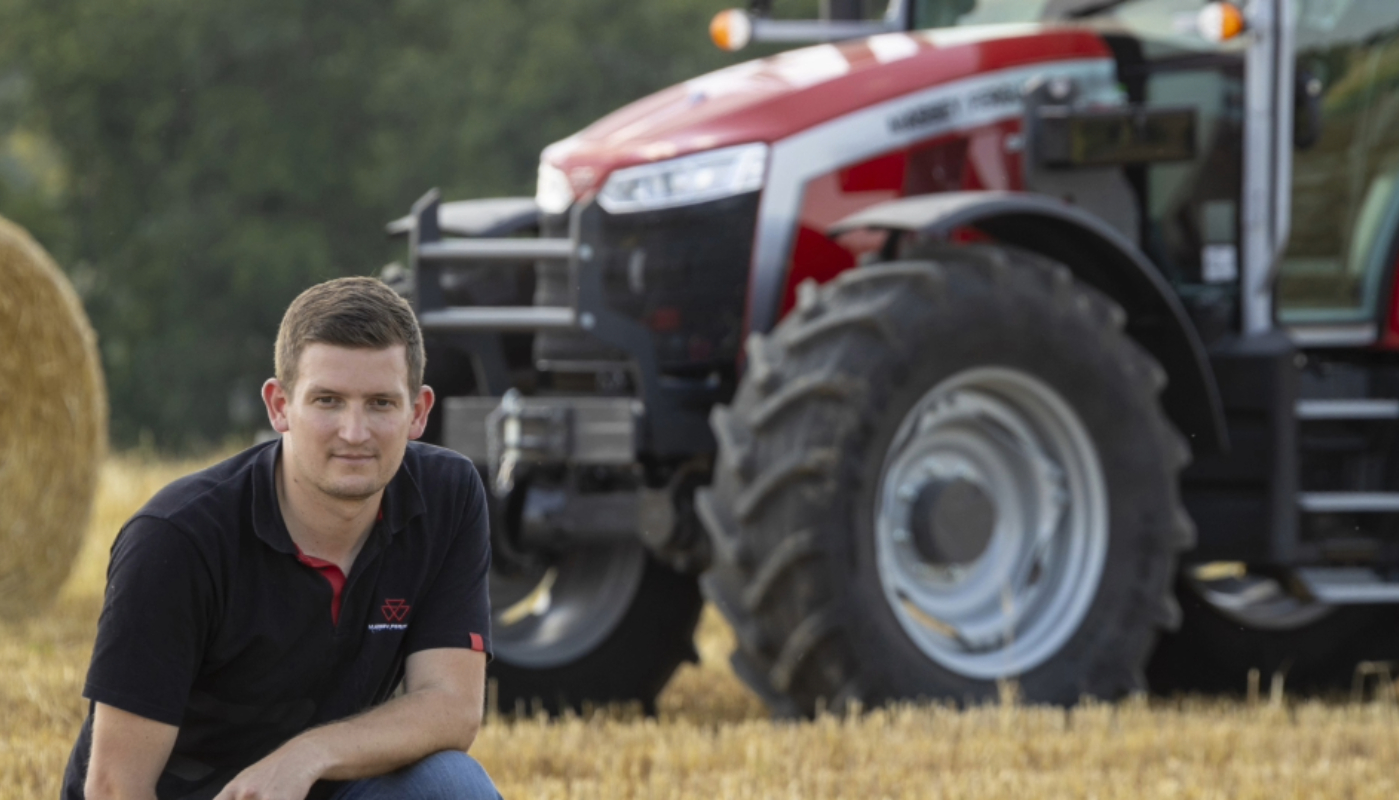
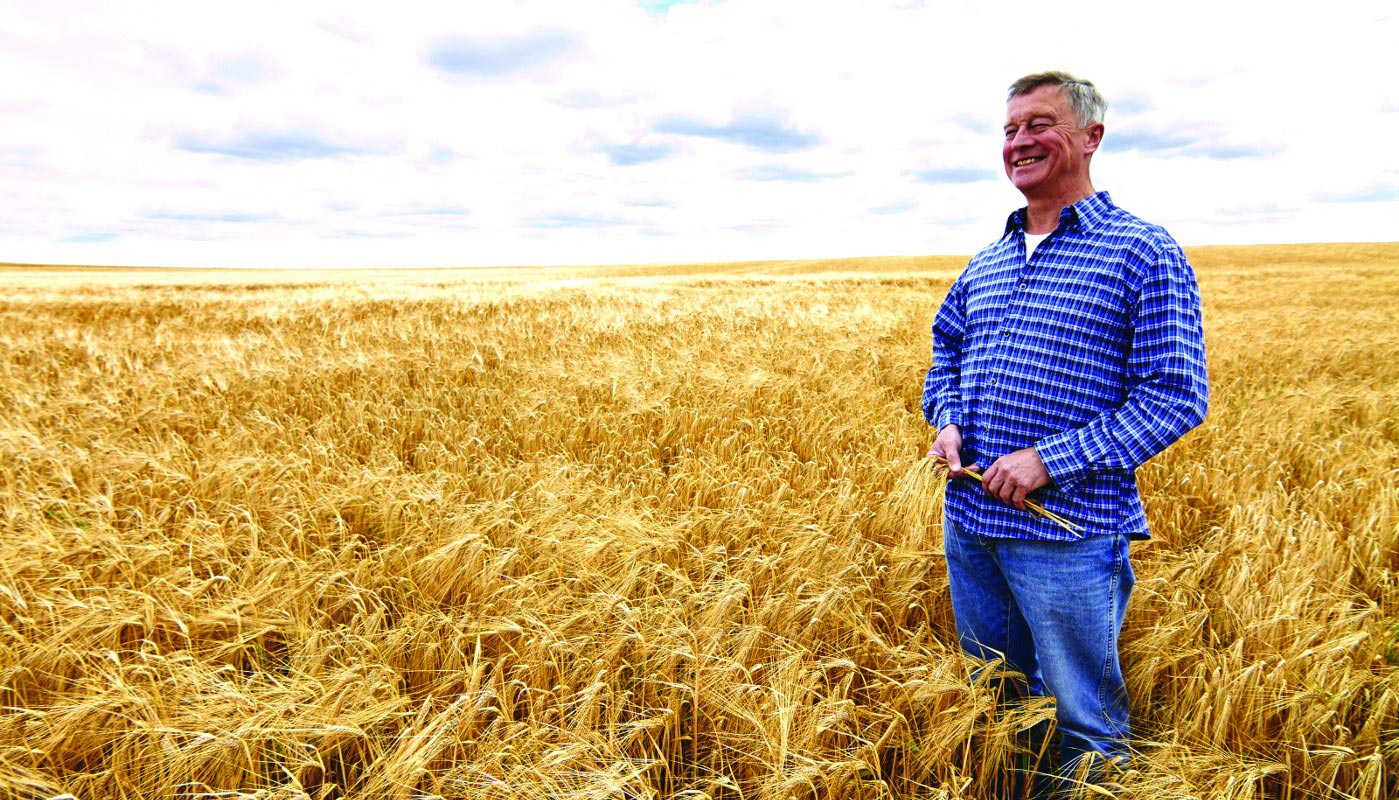
Share